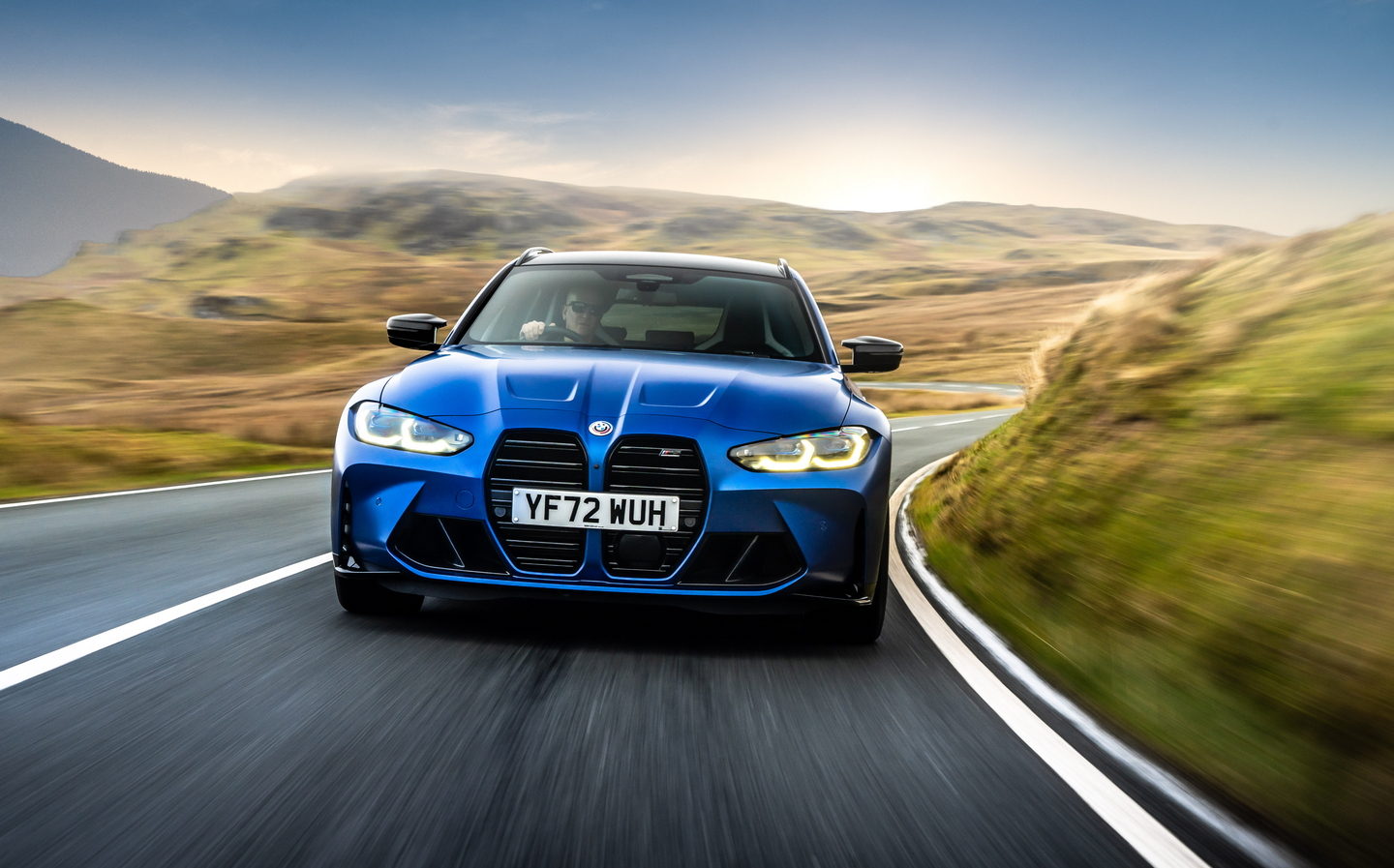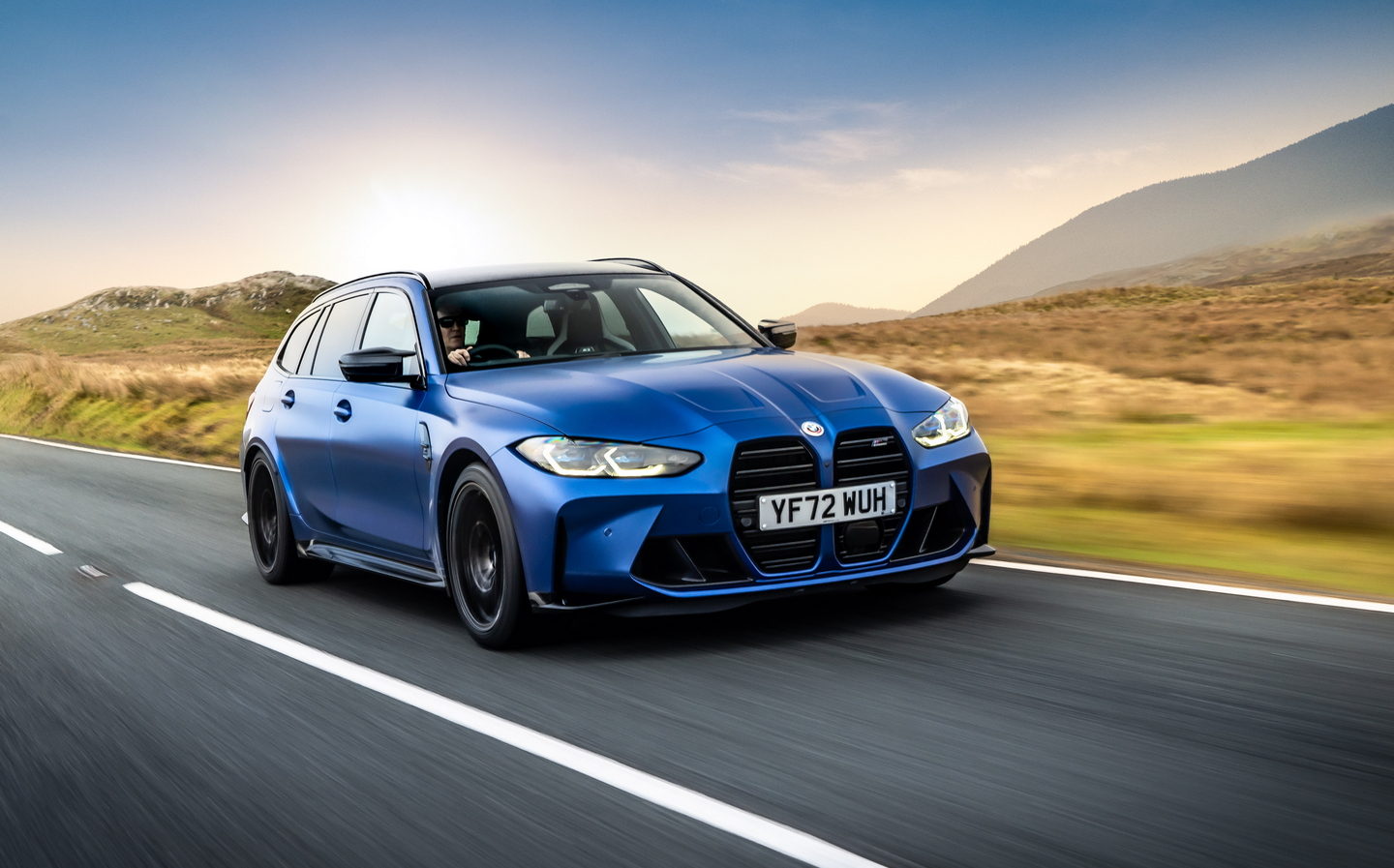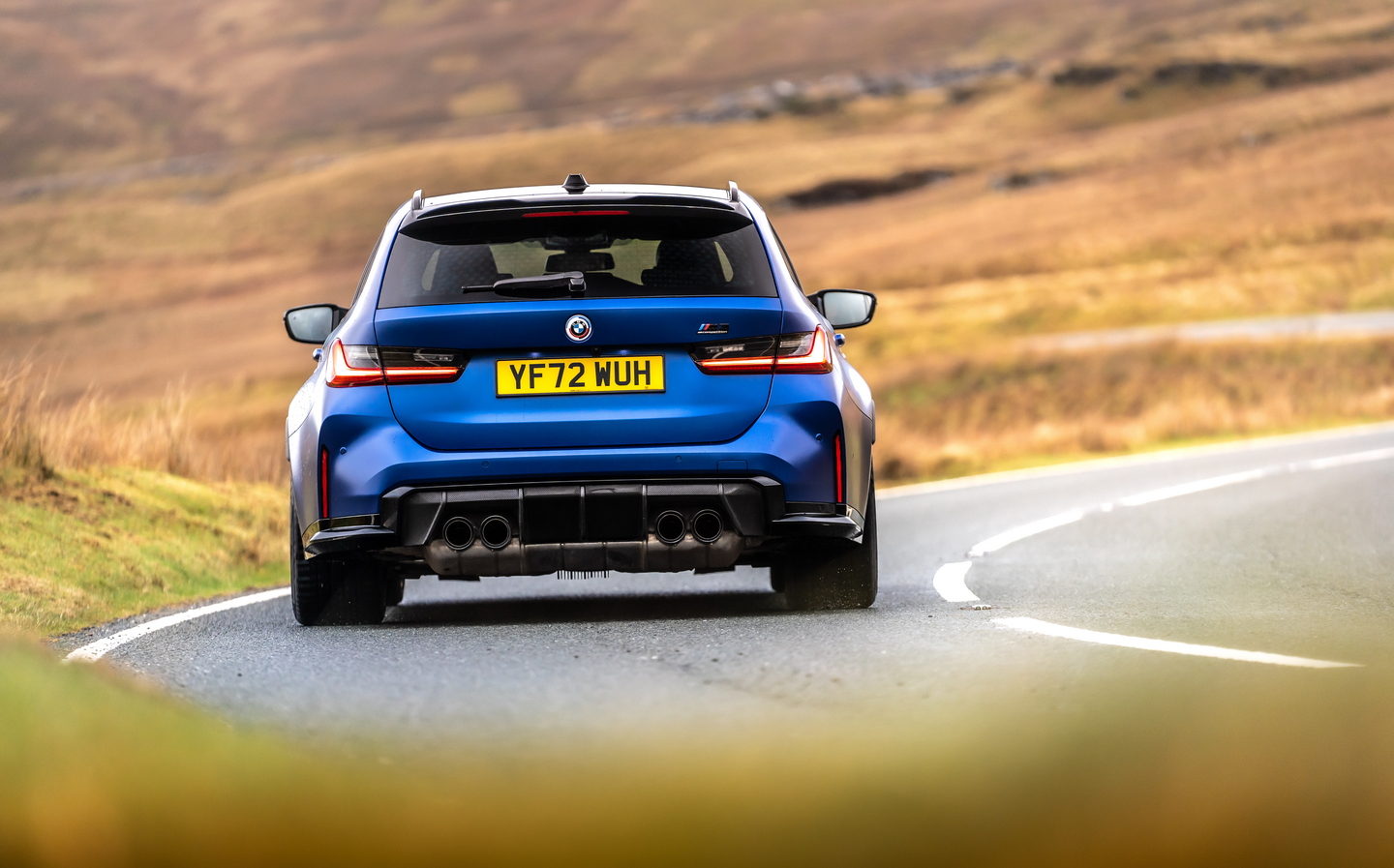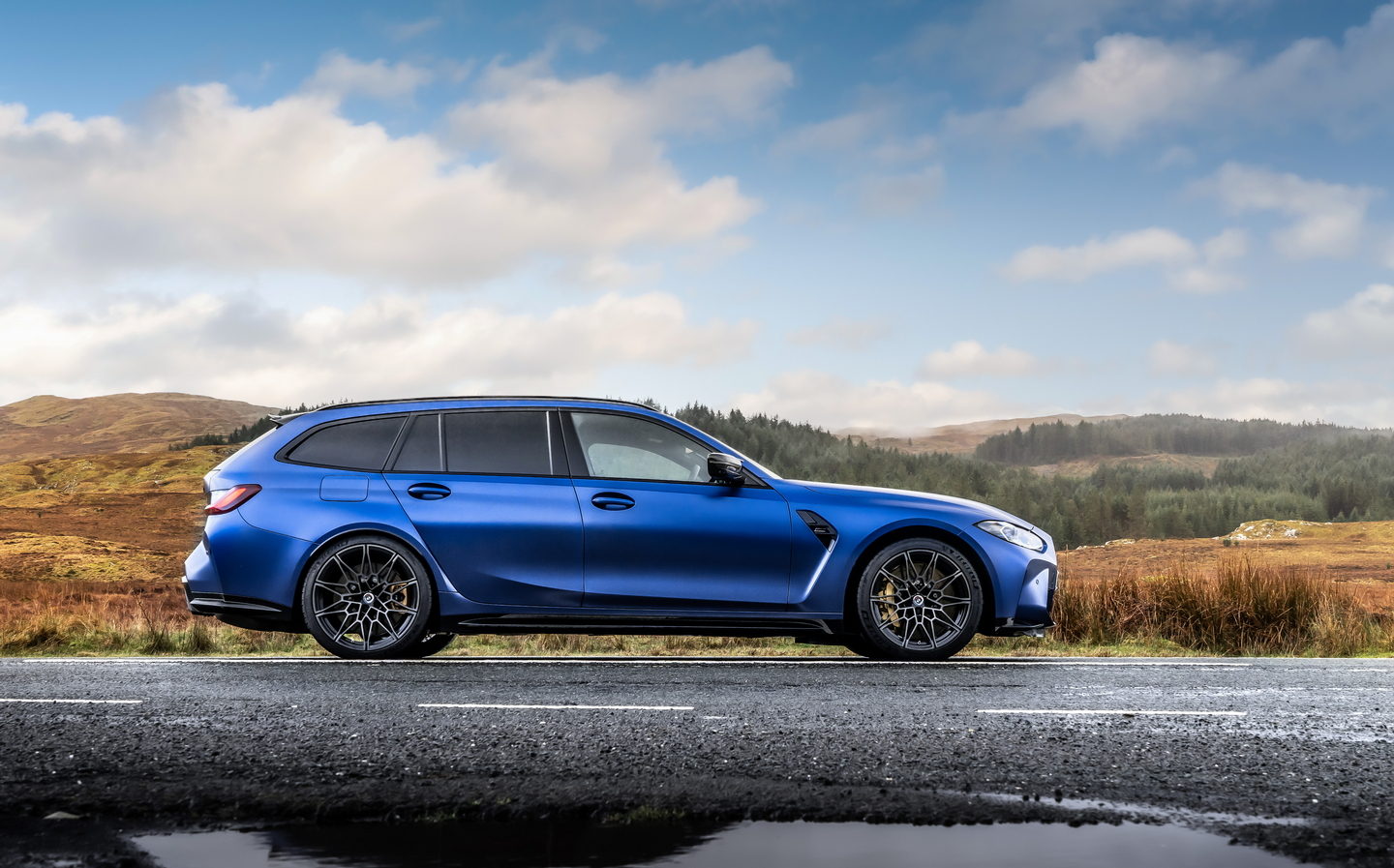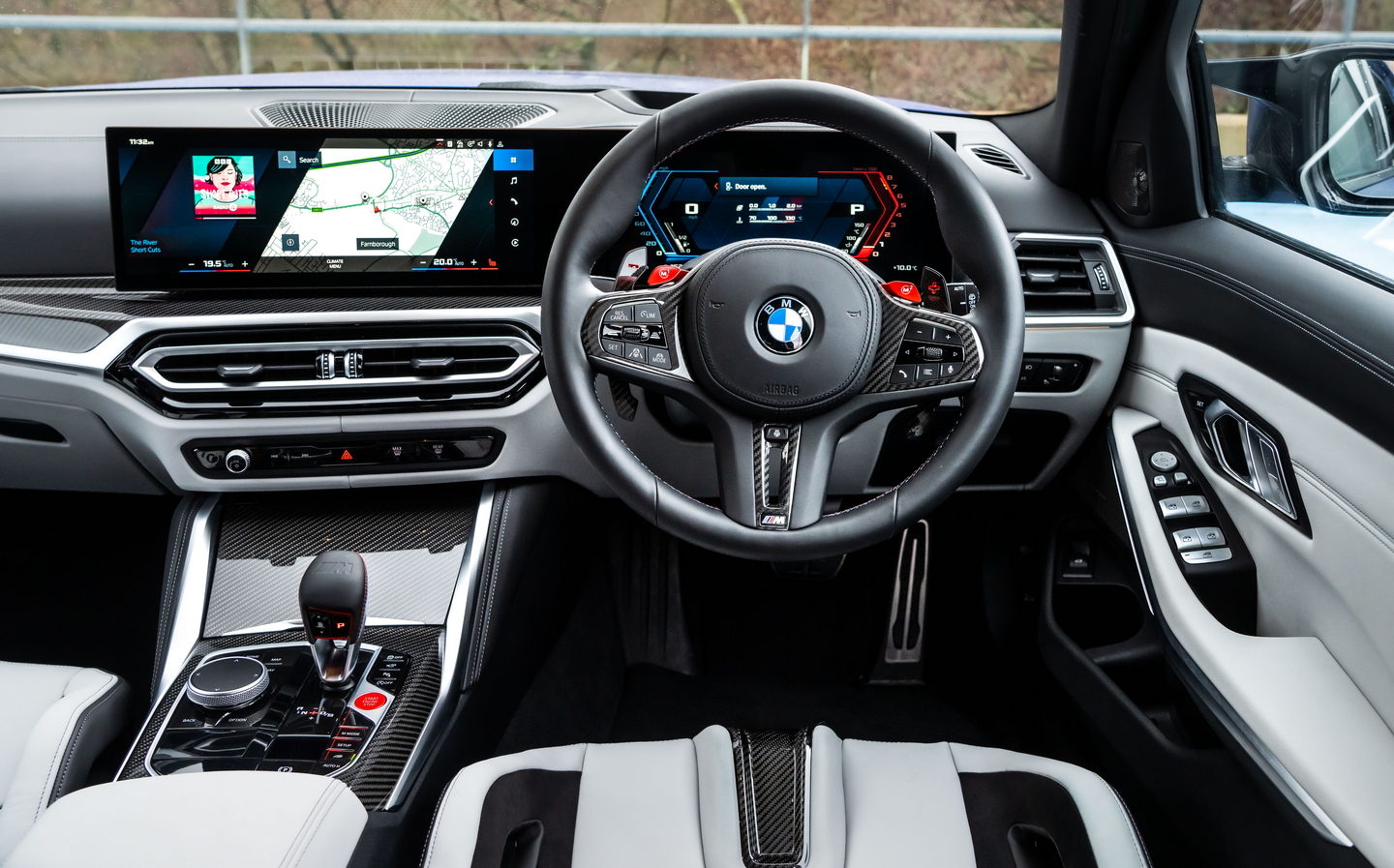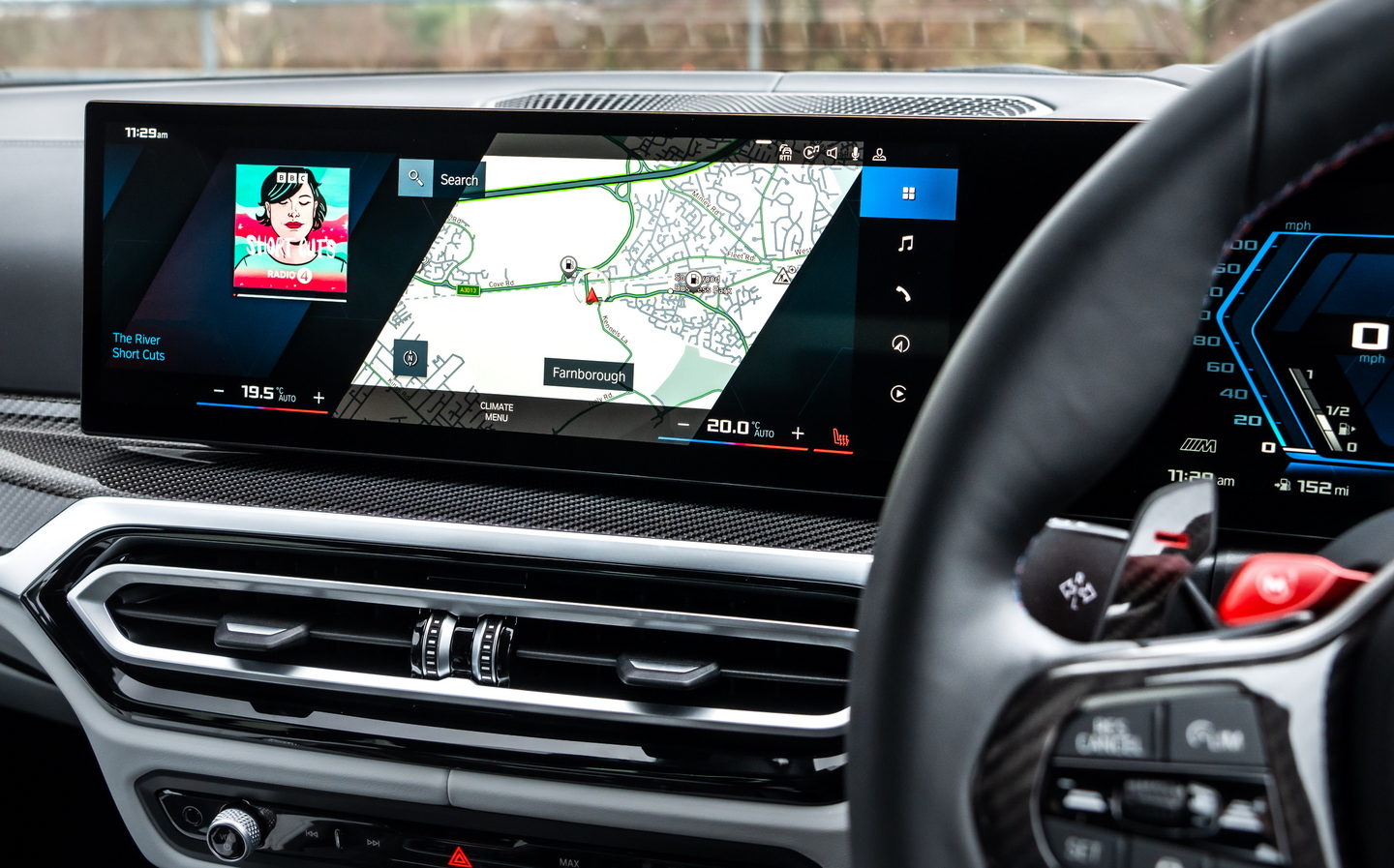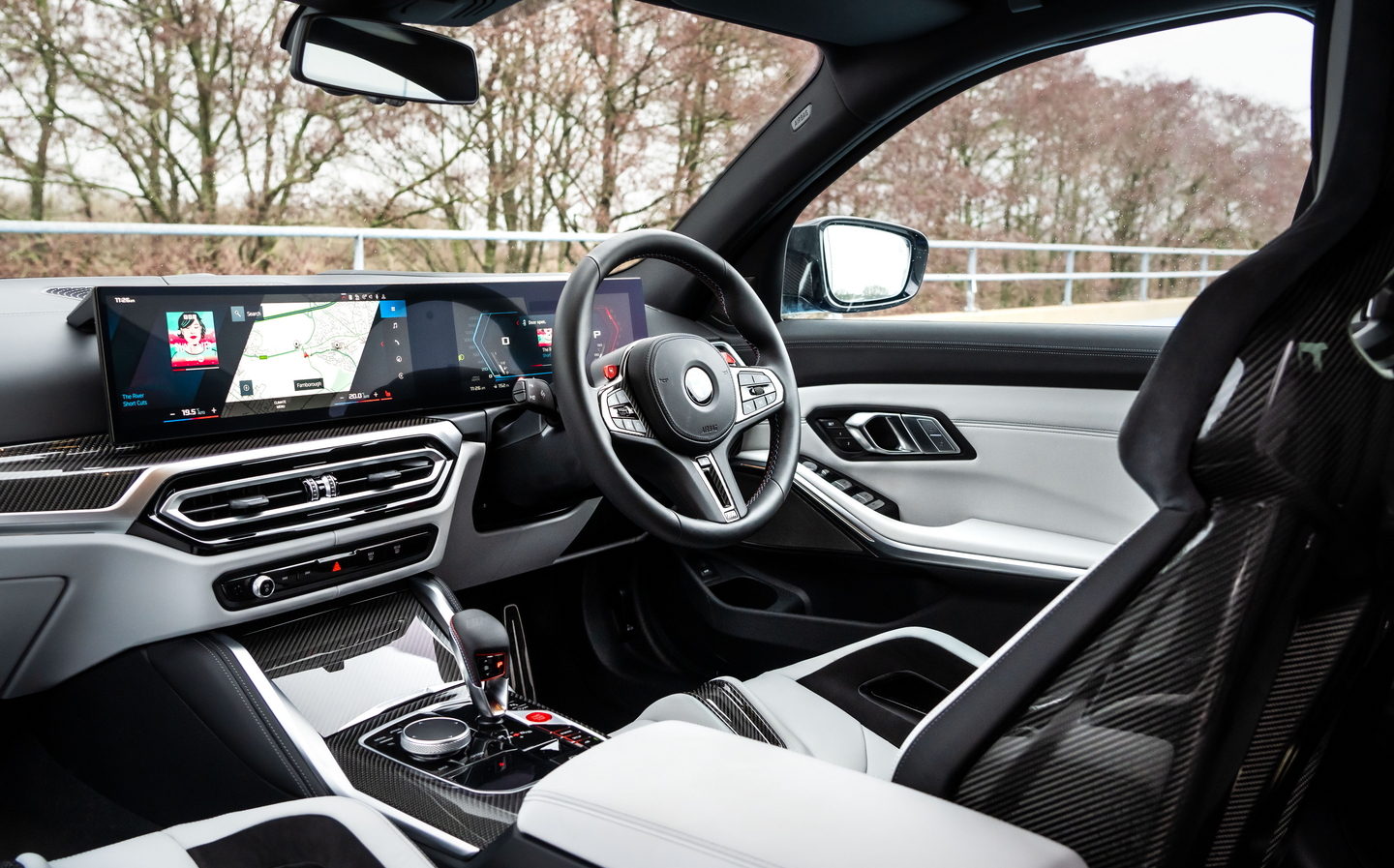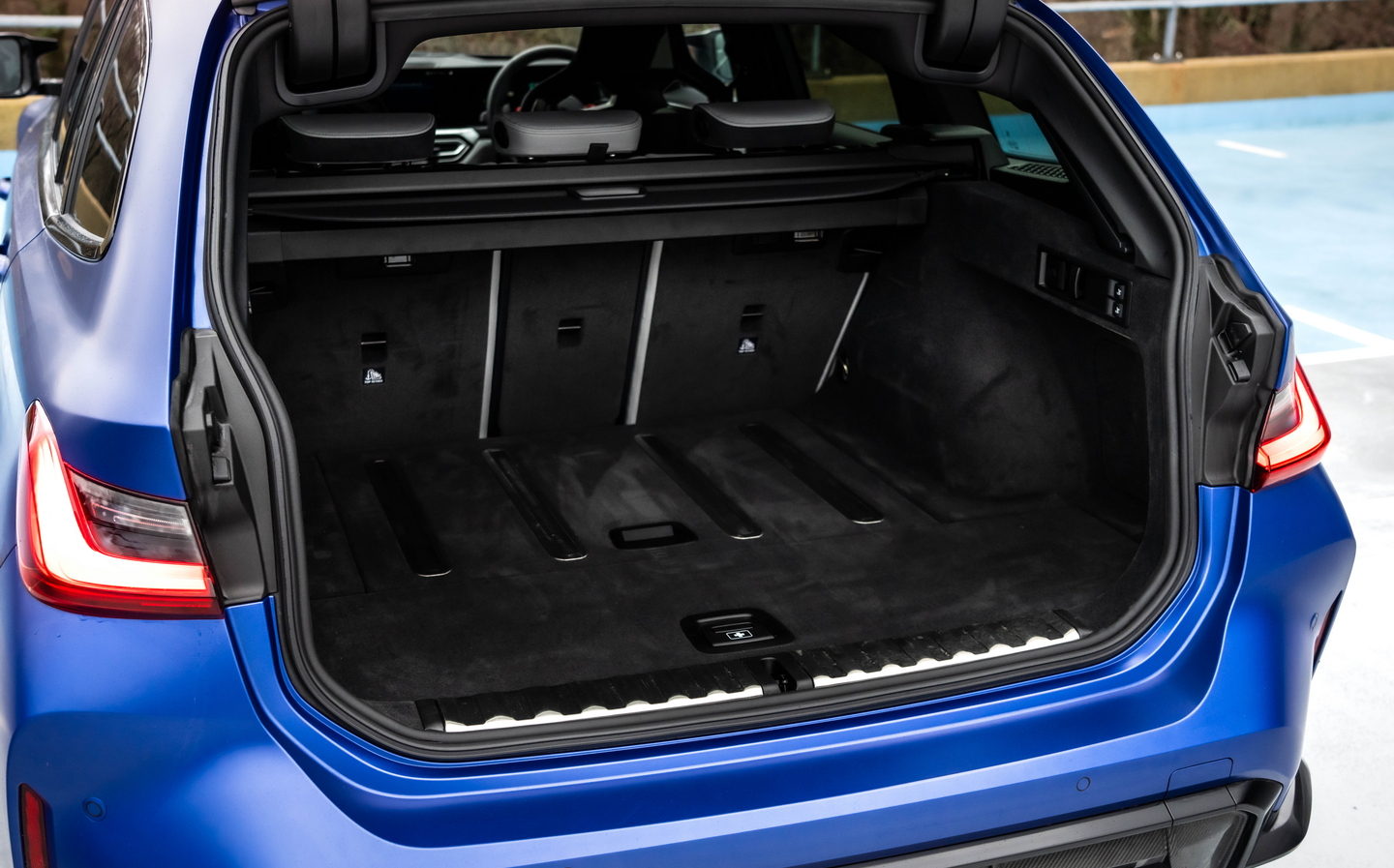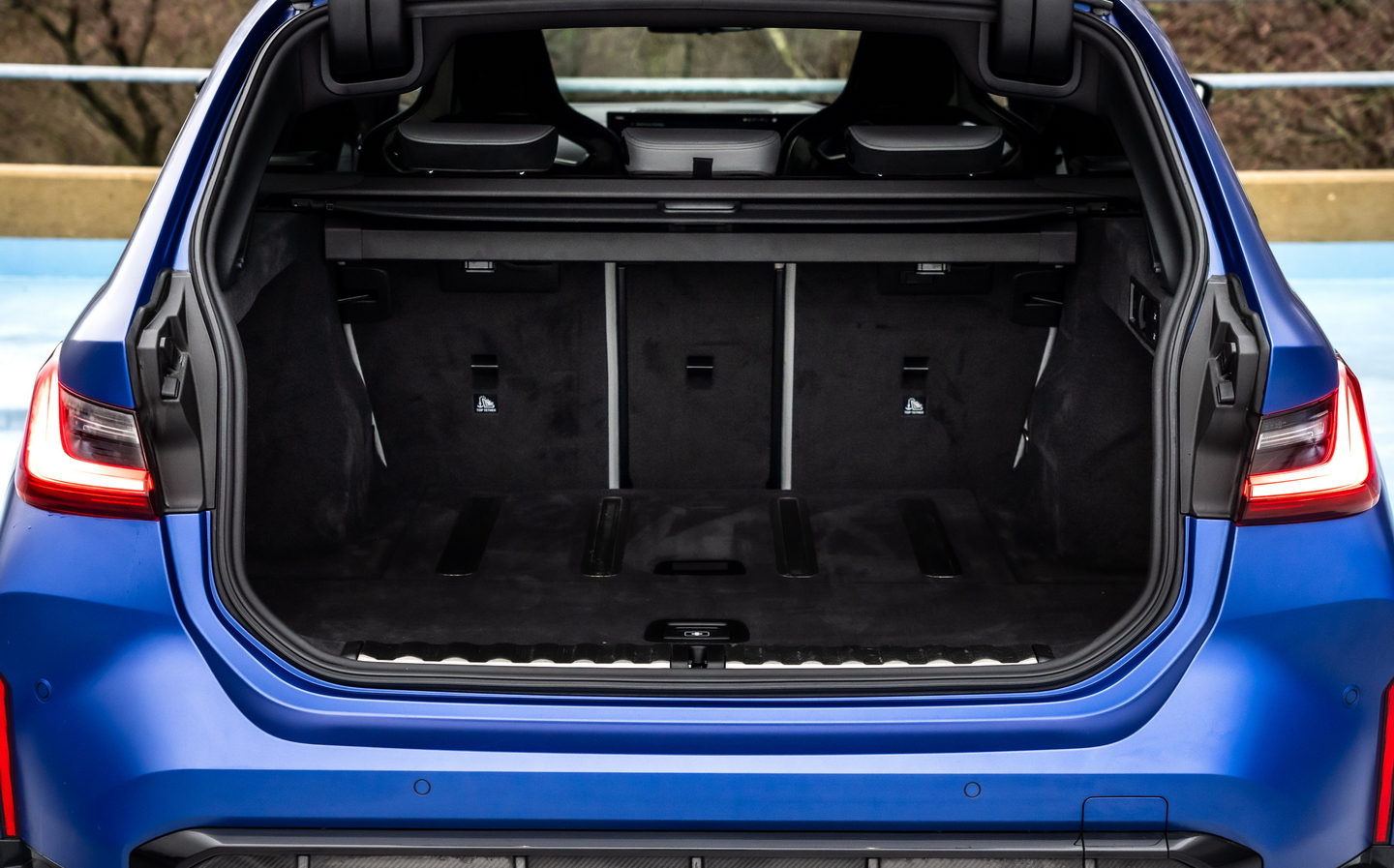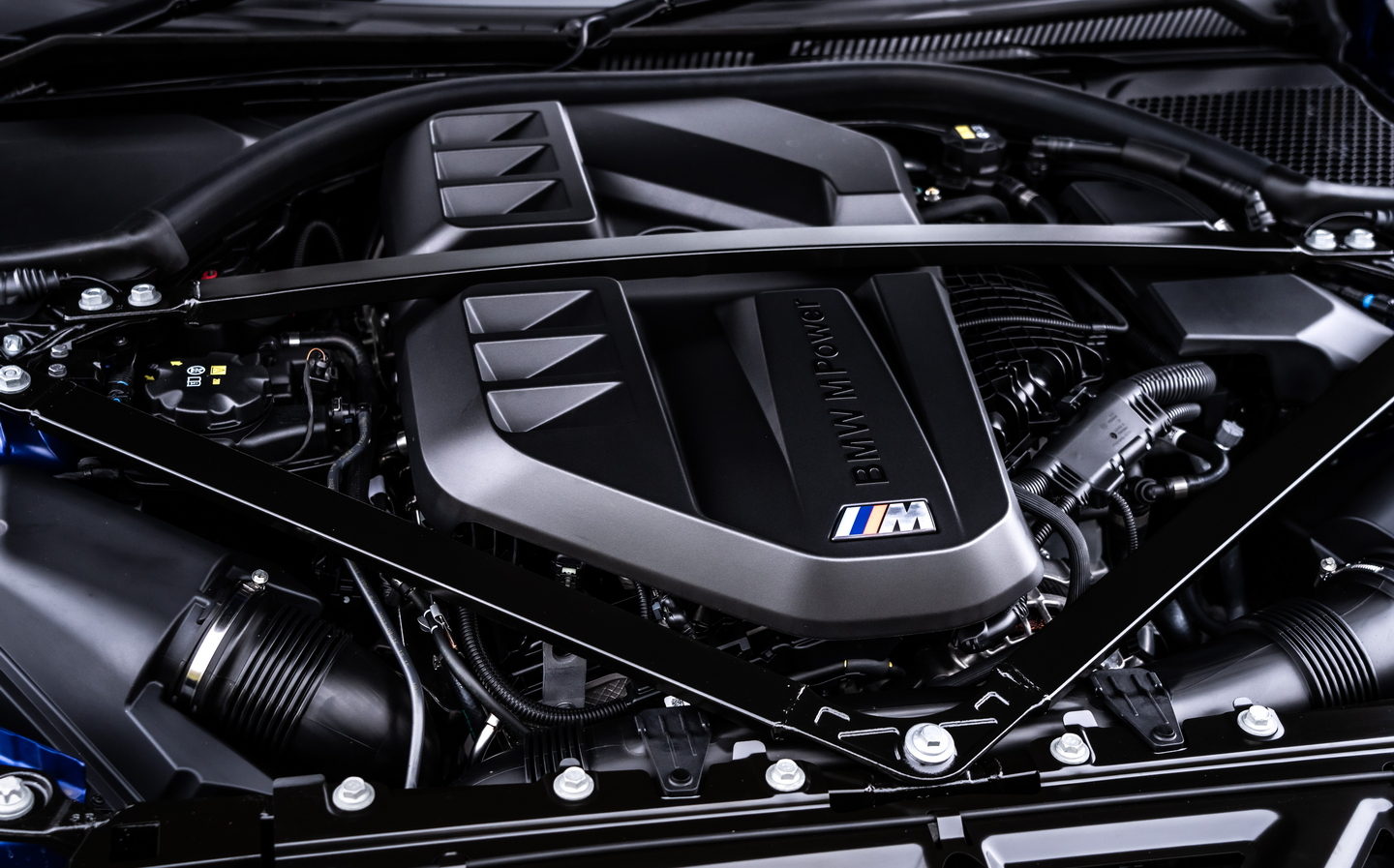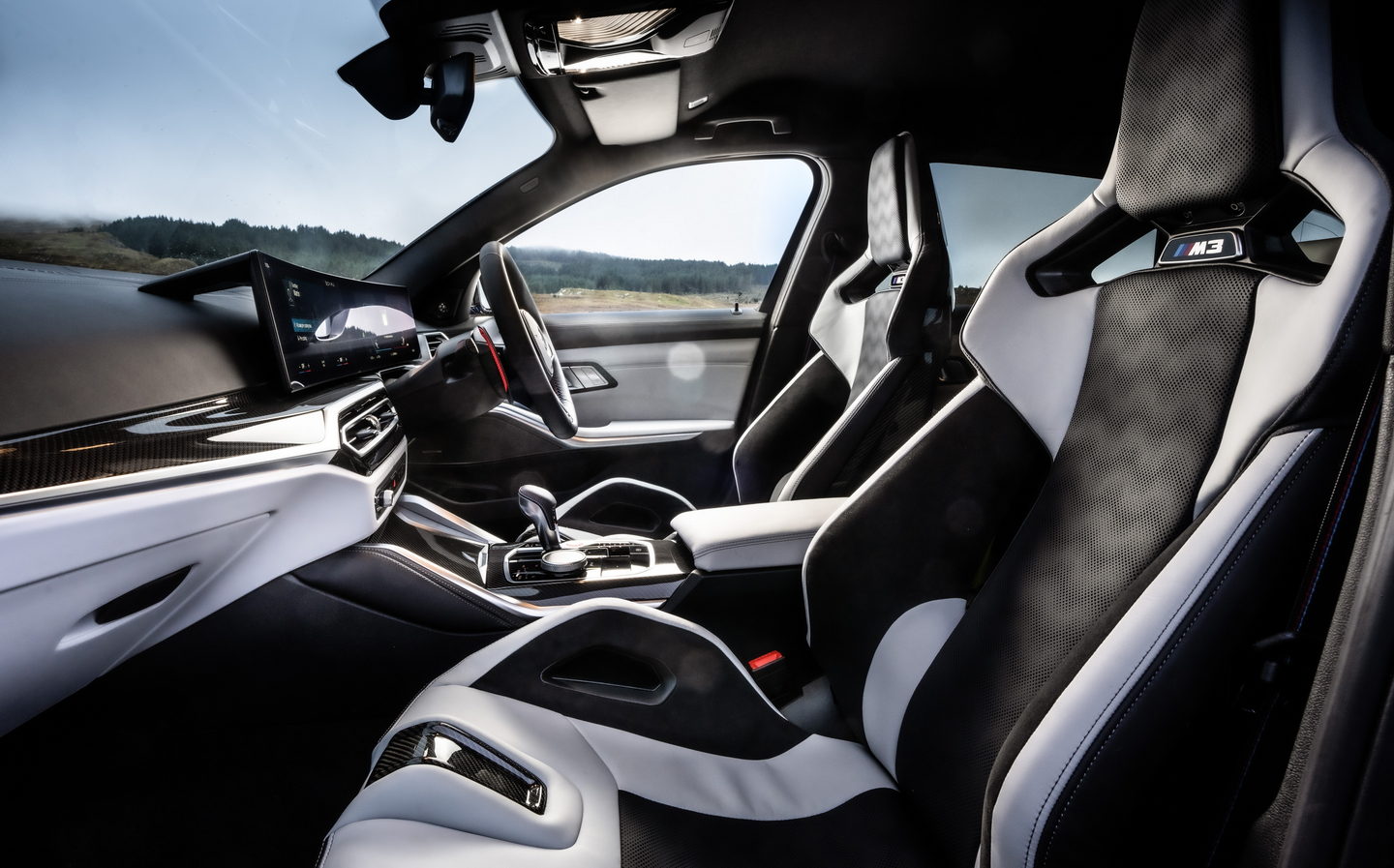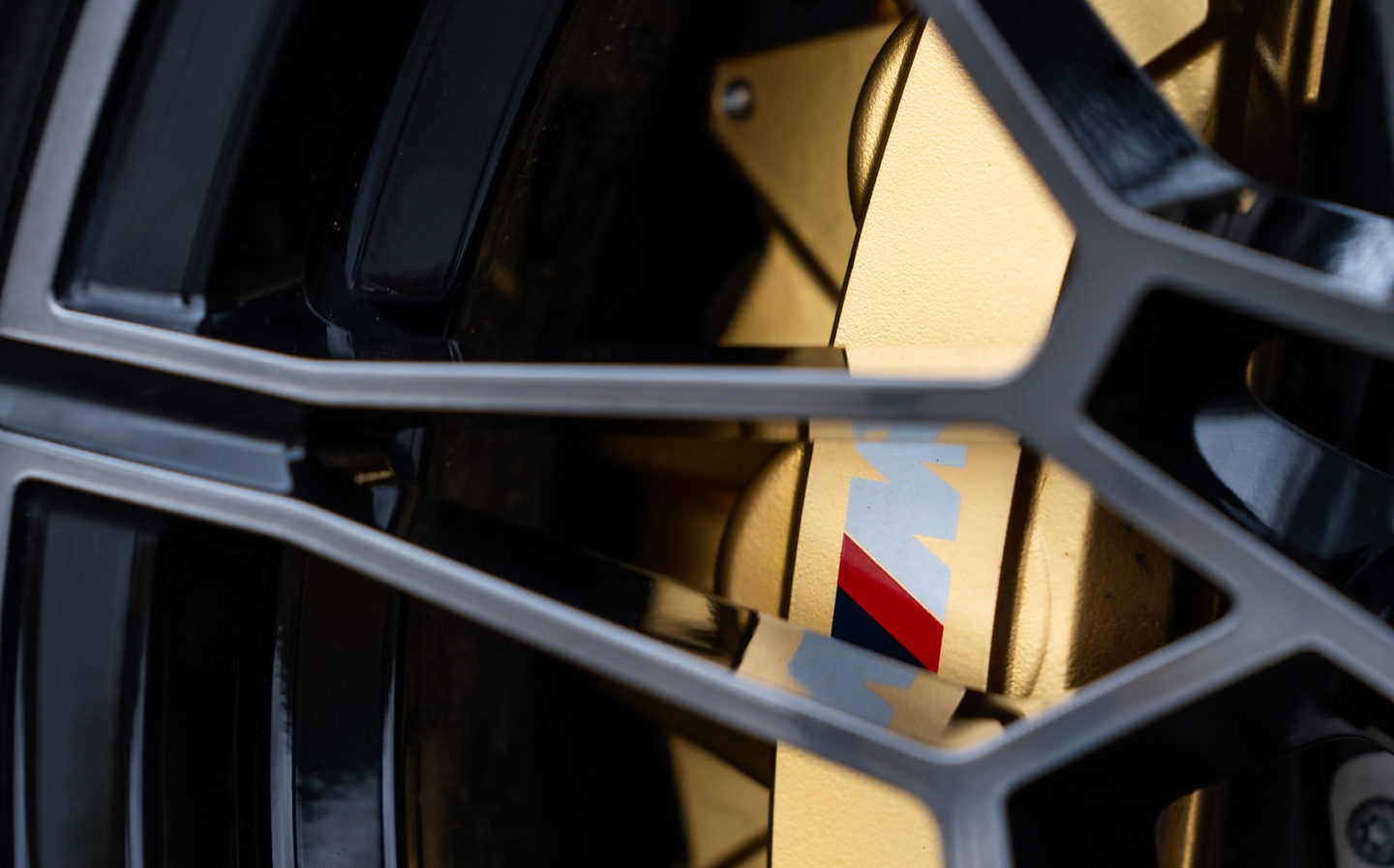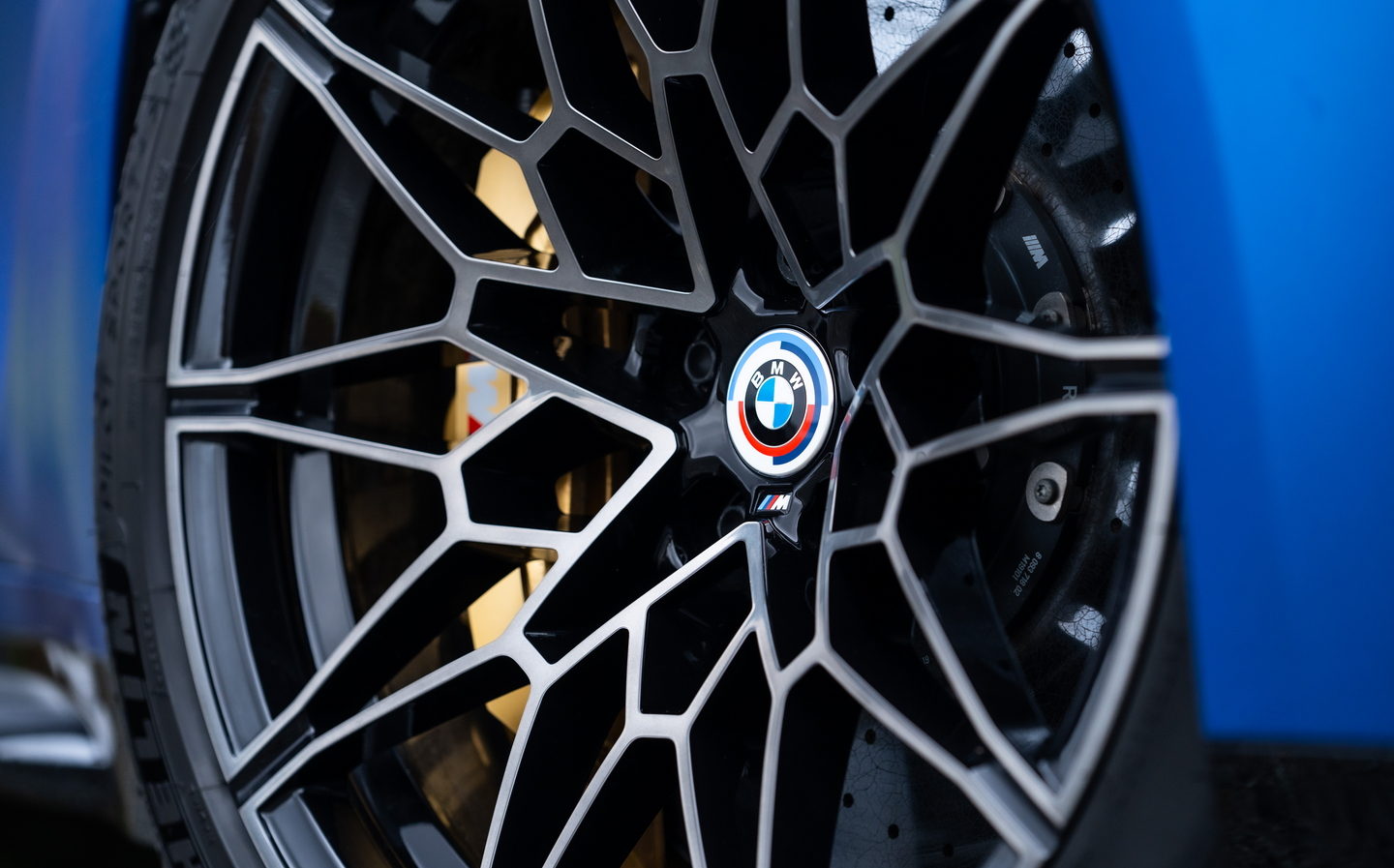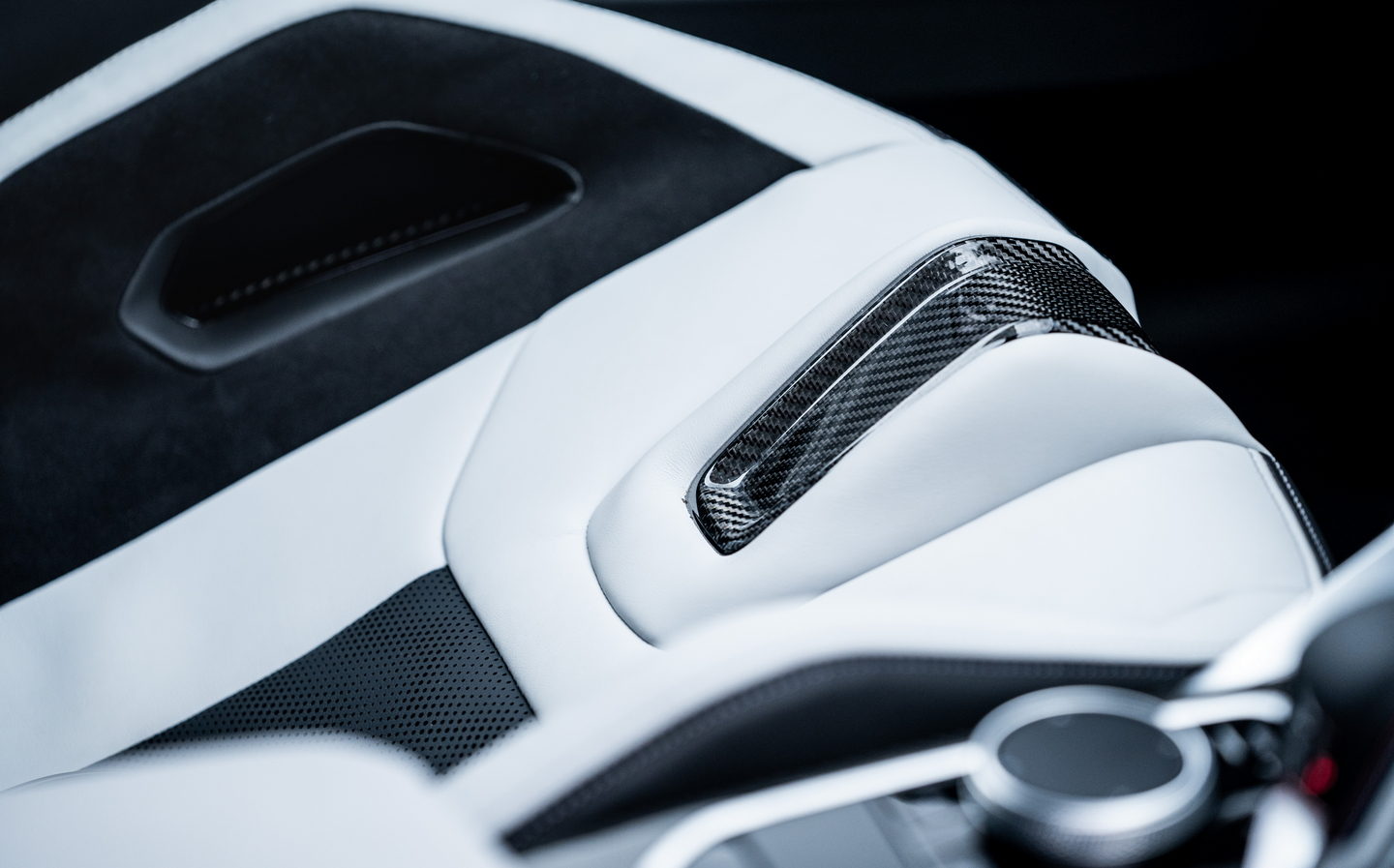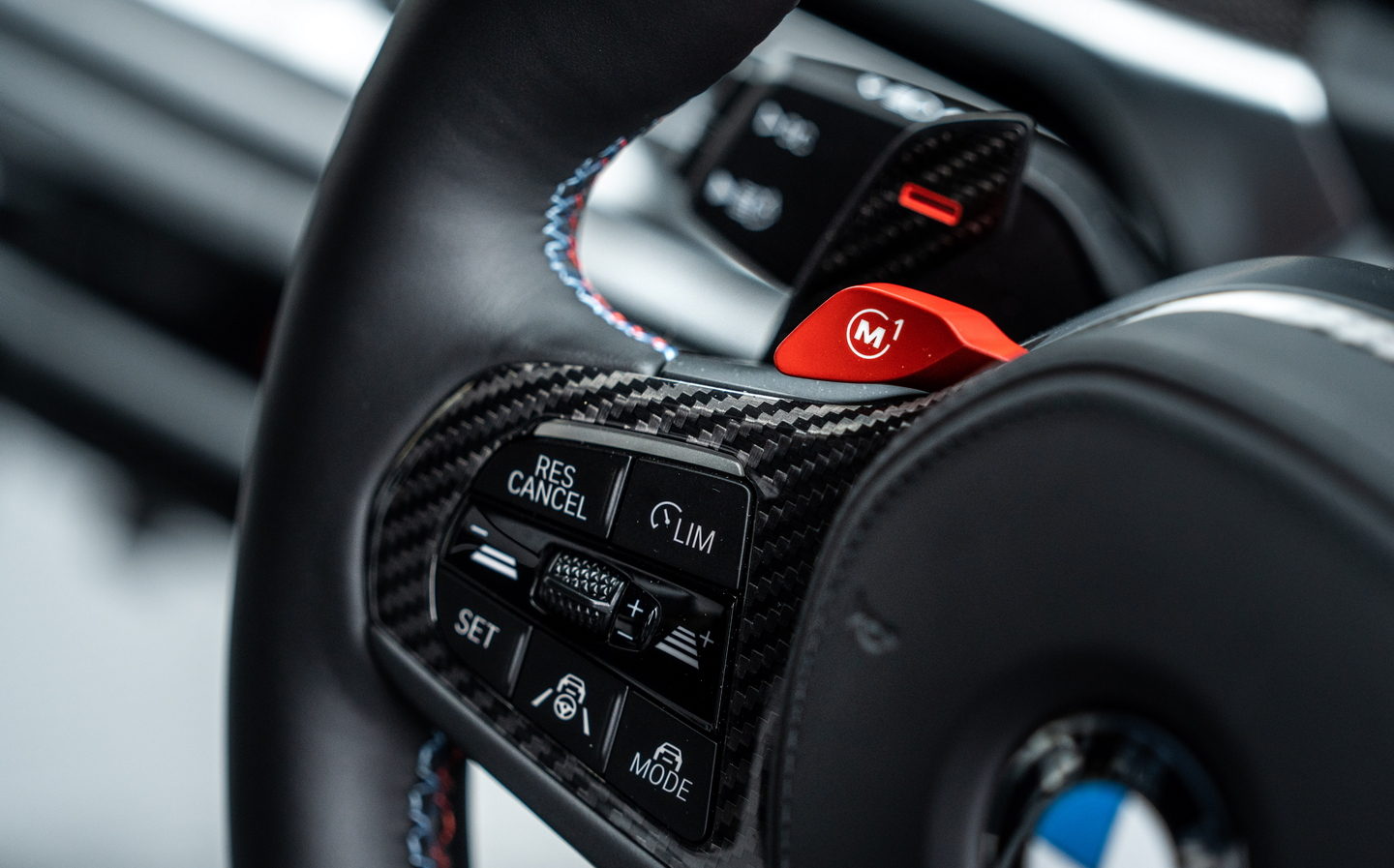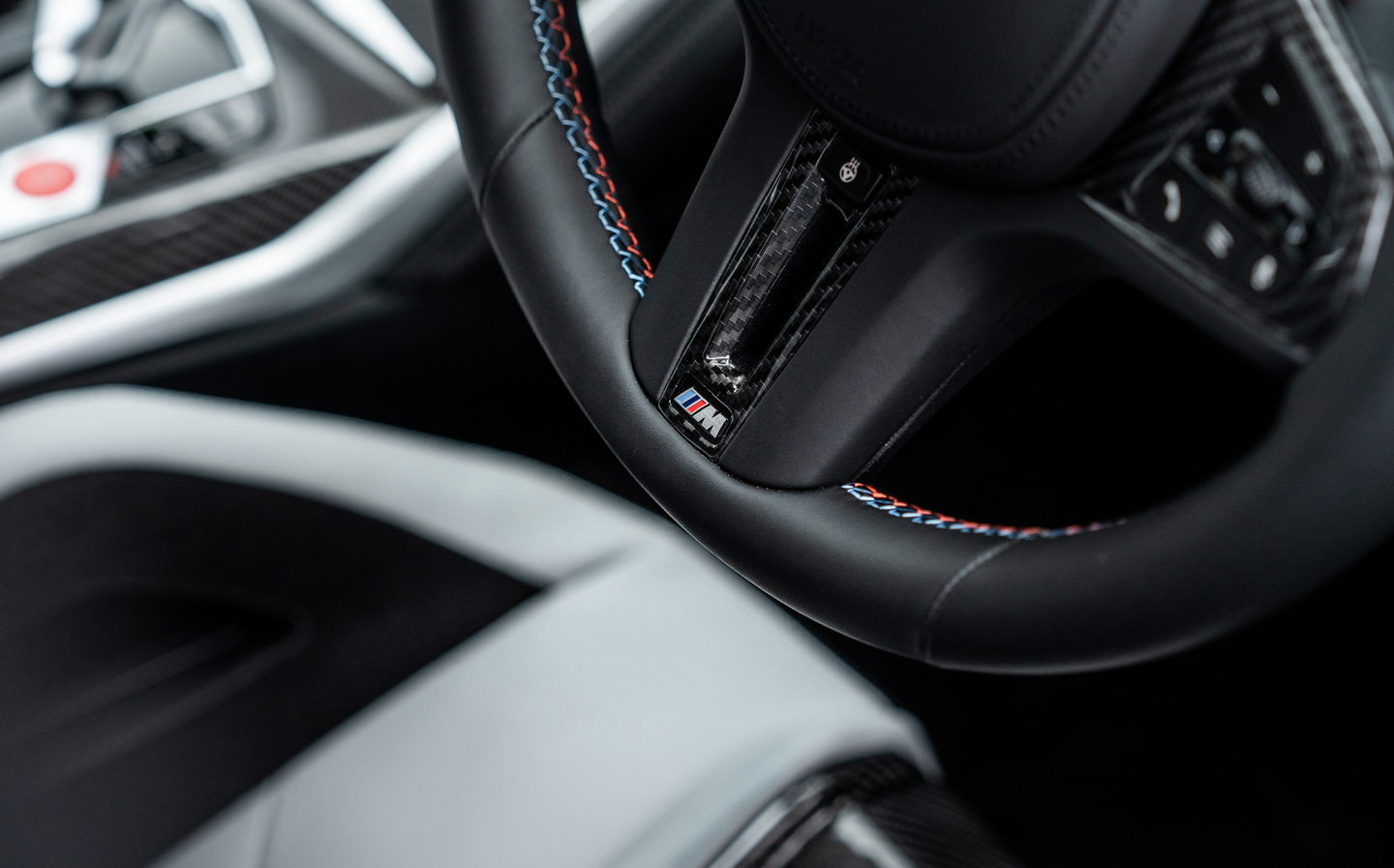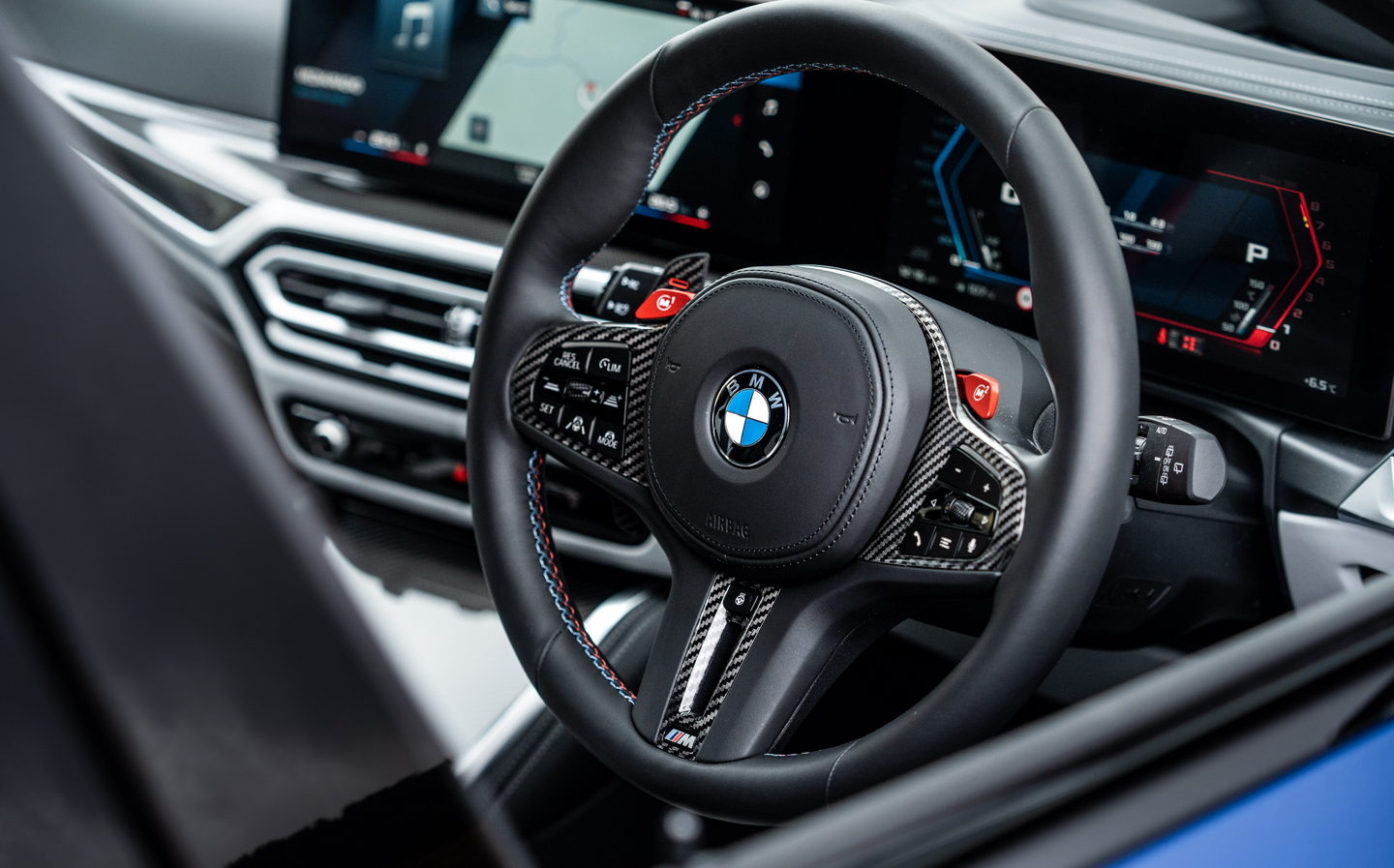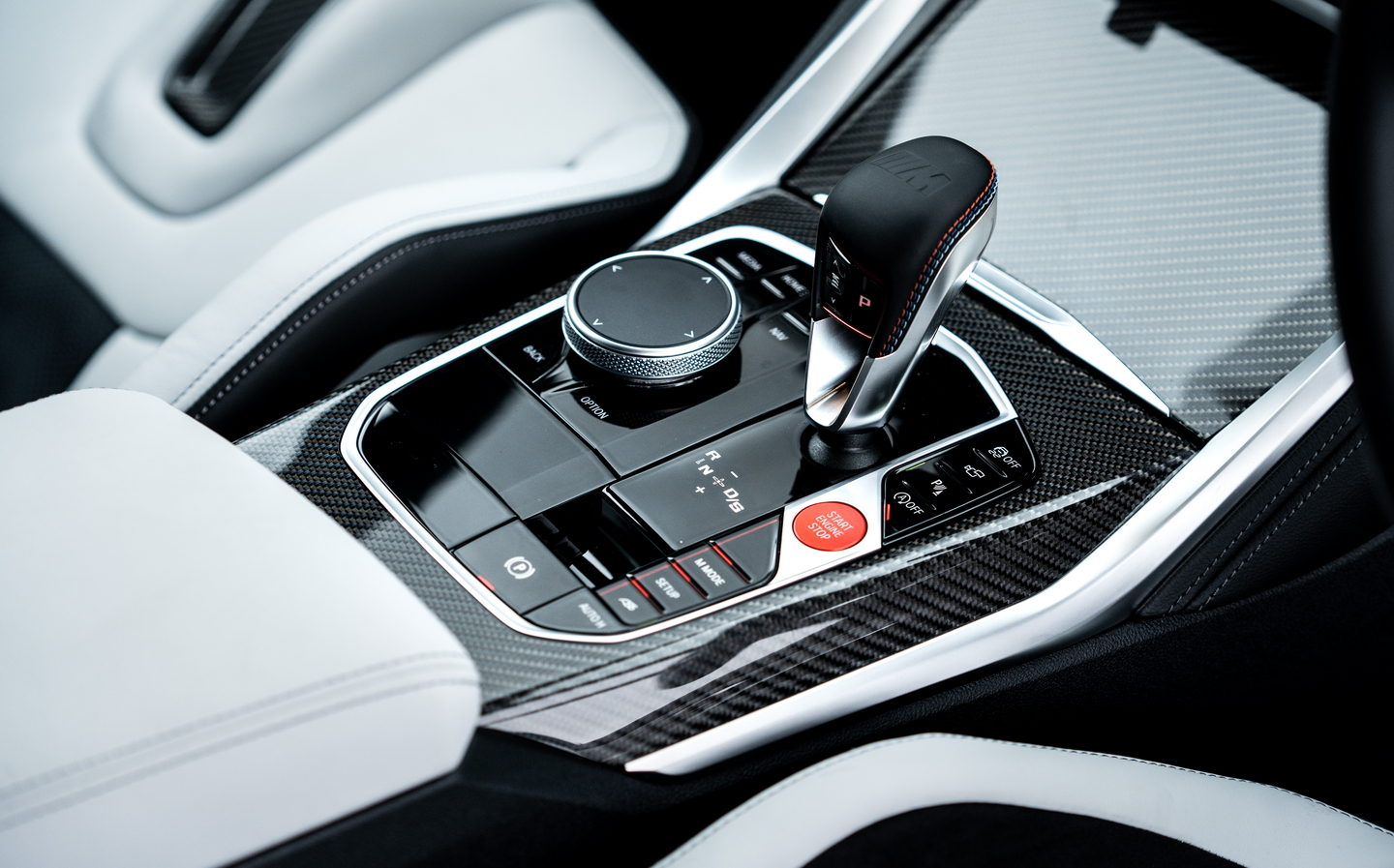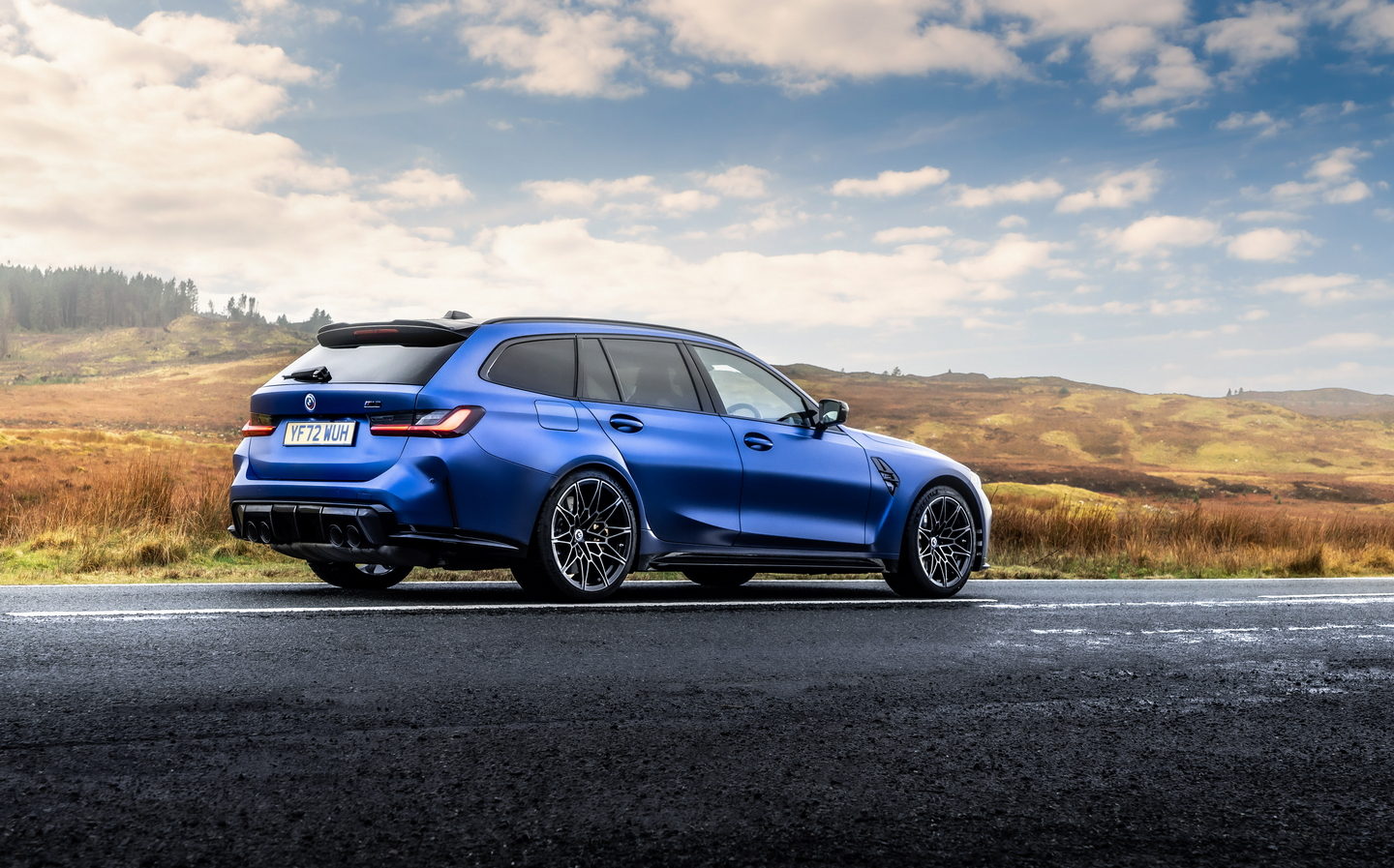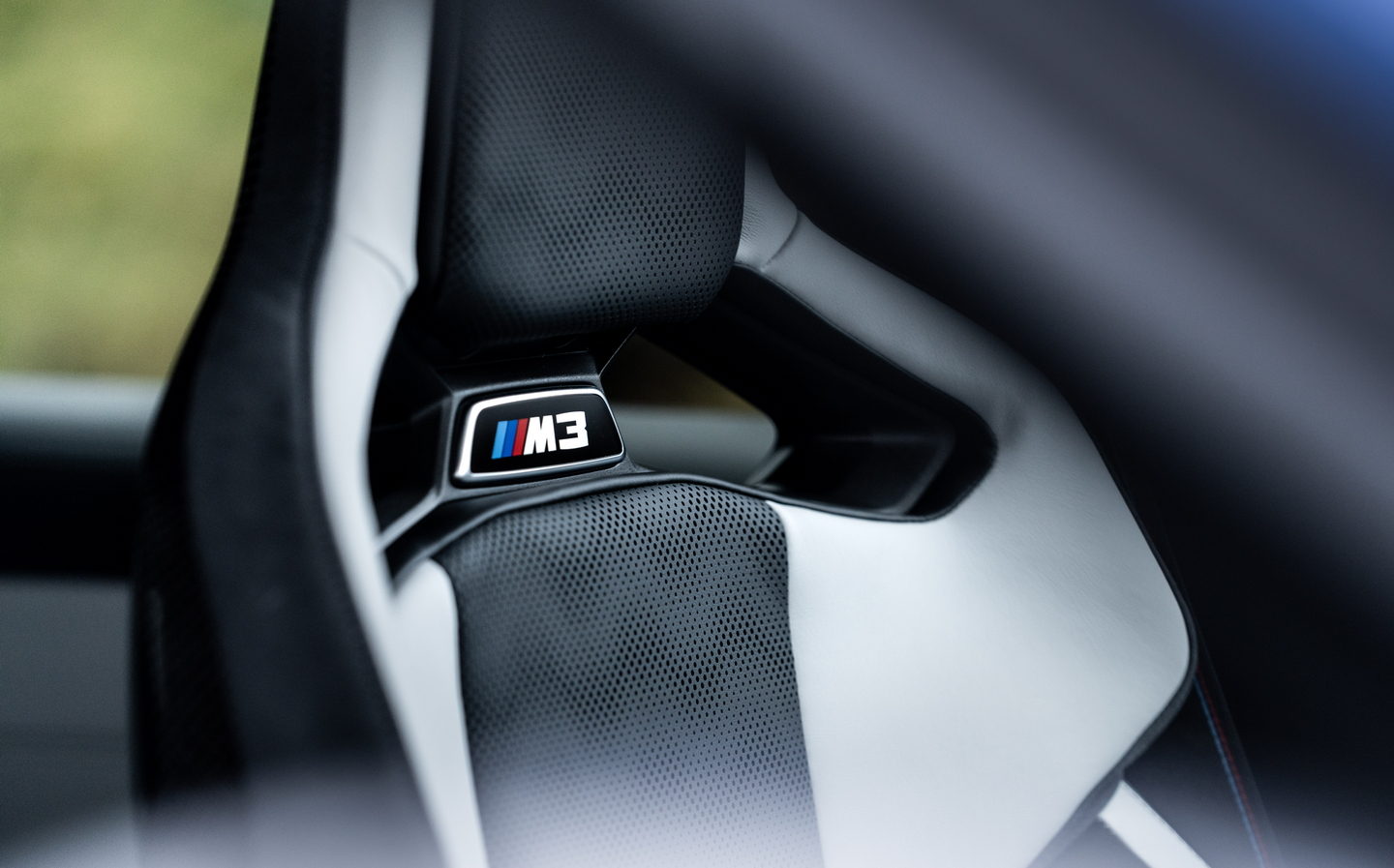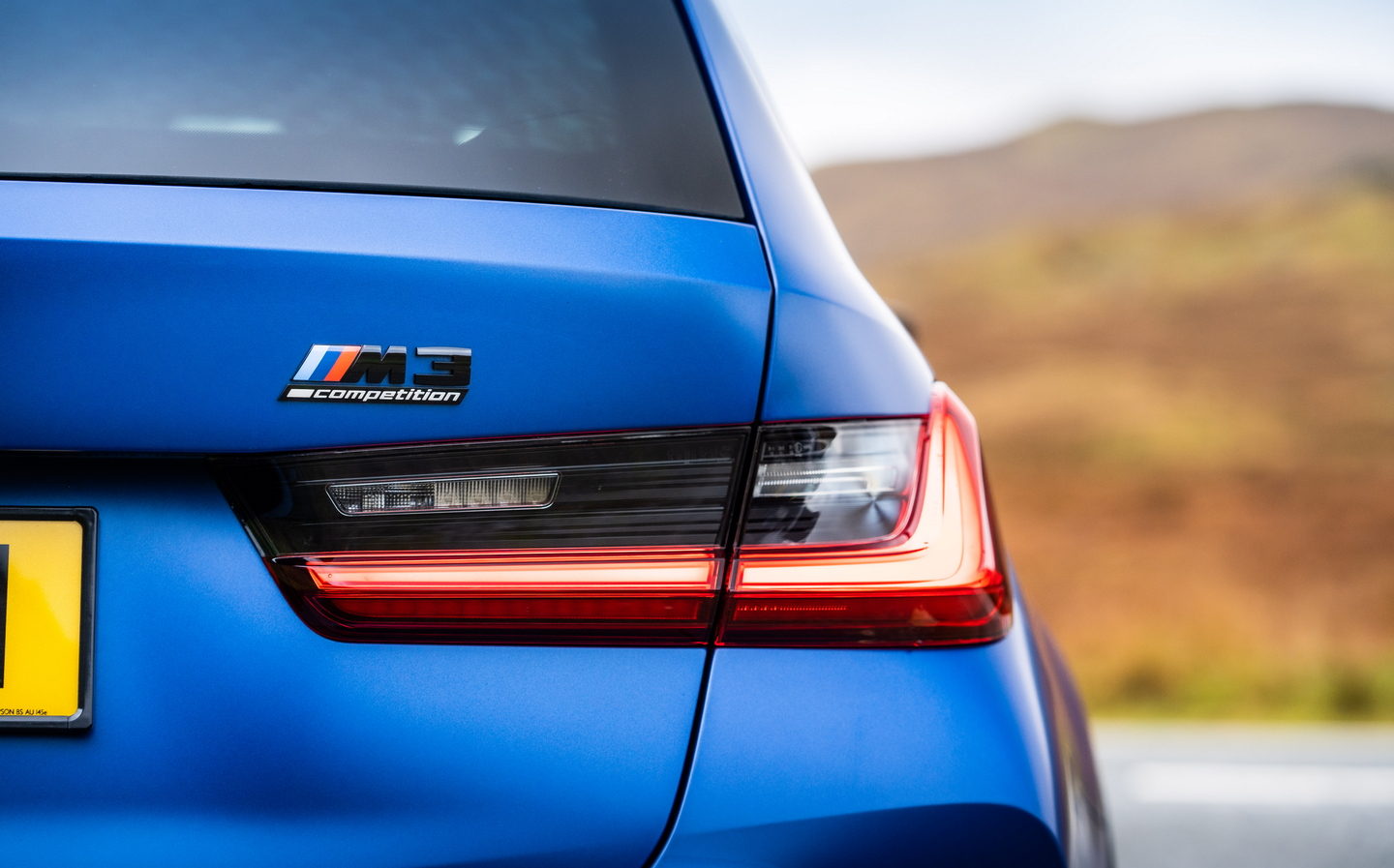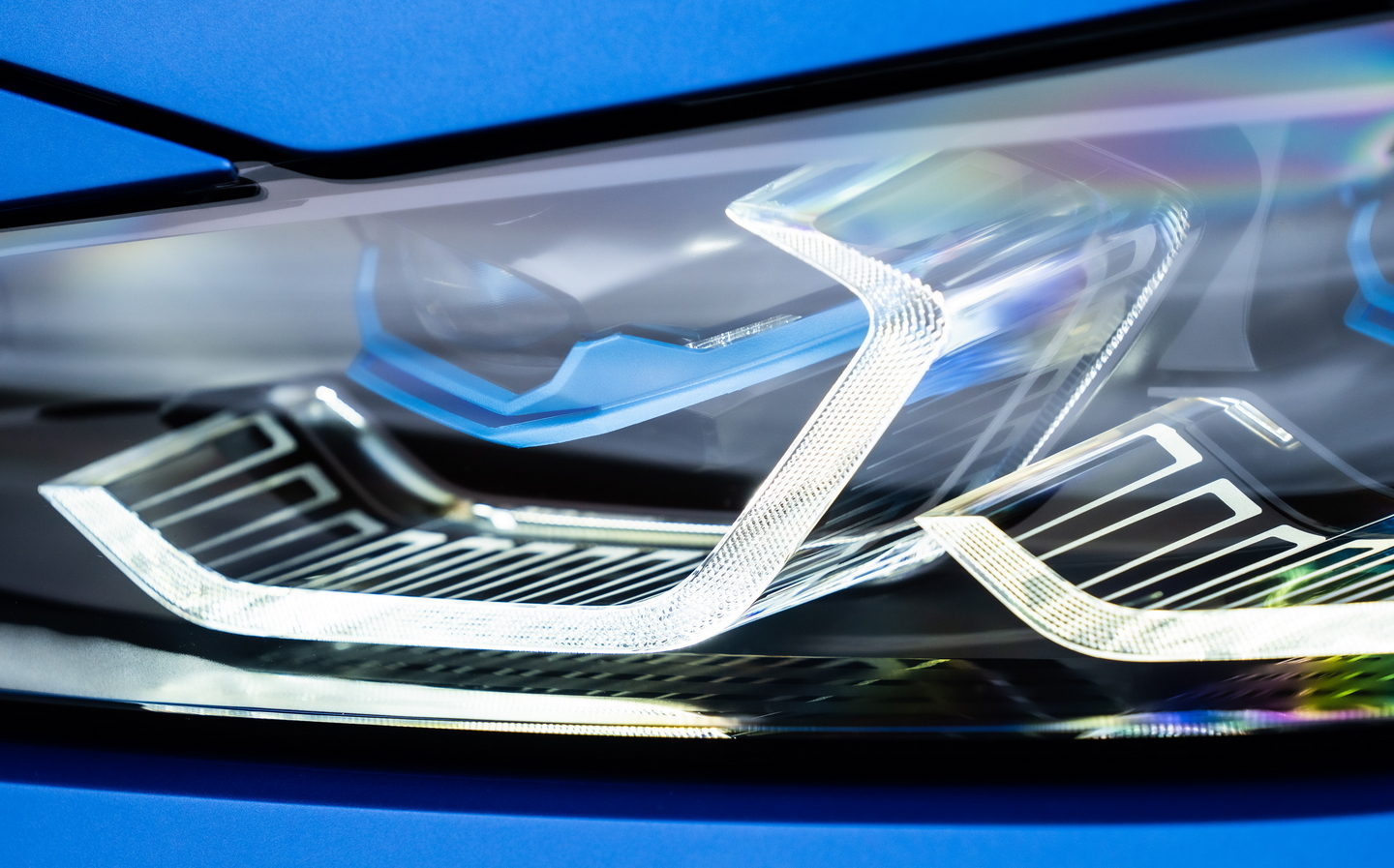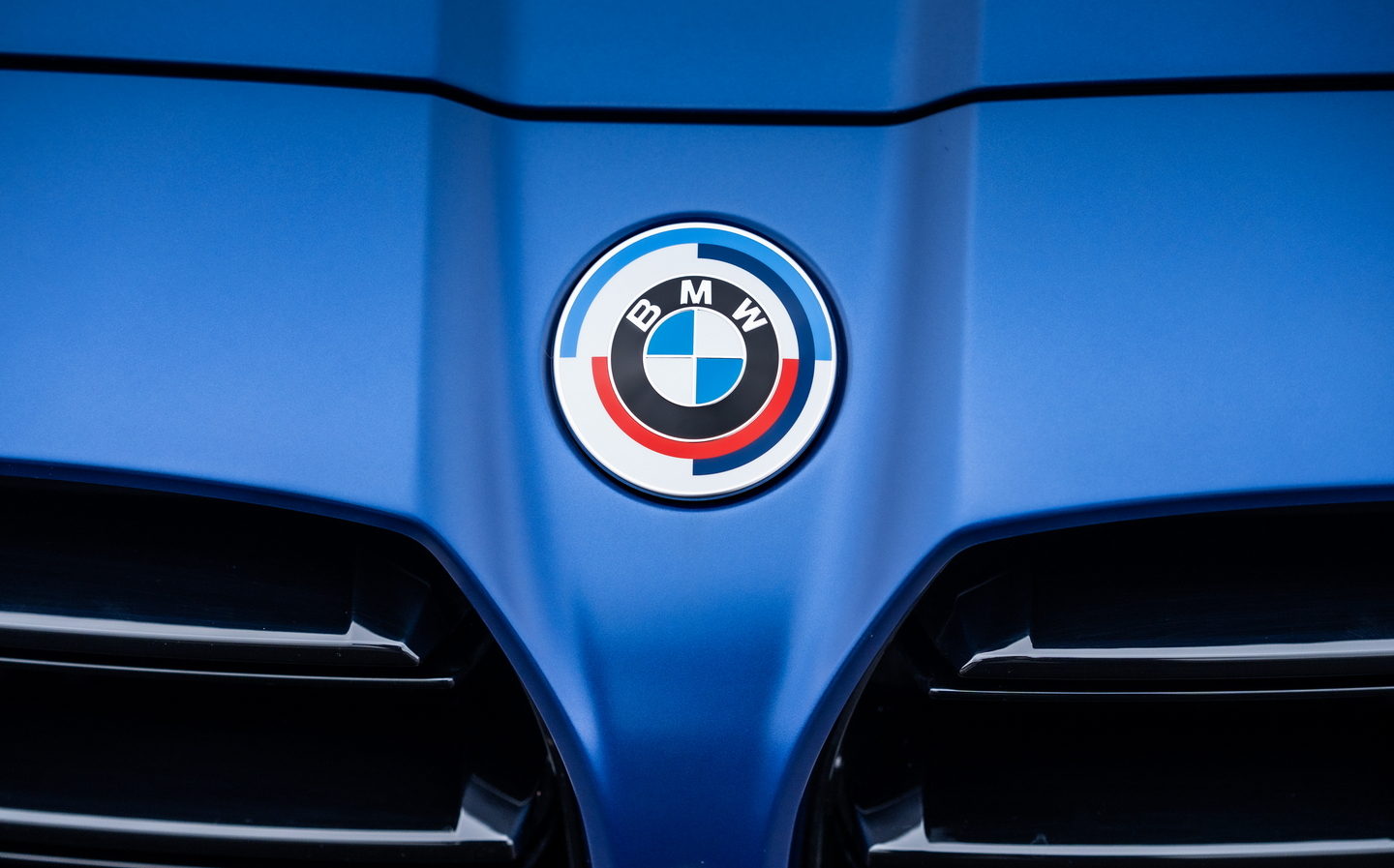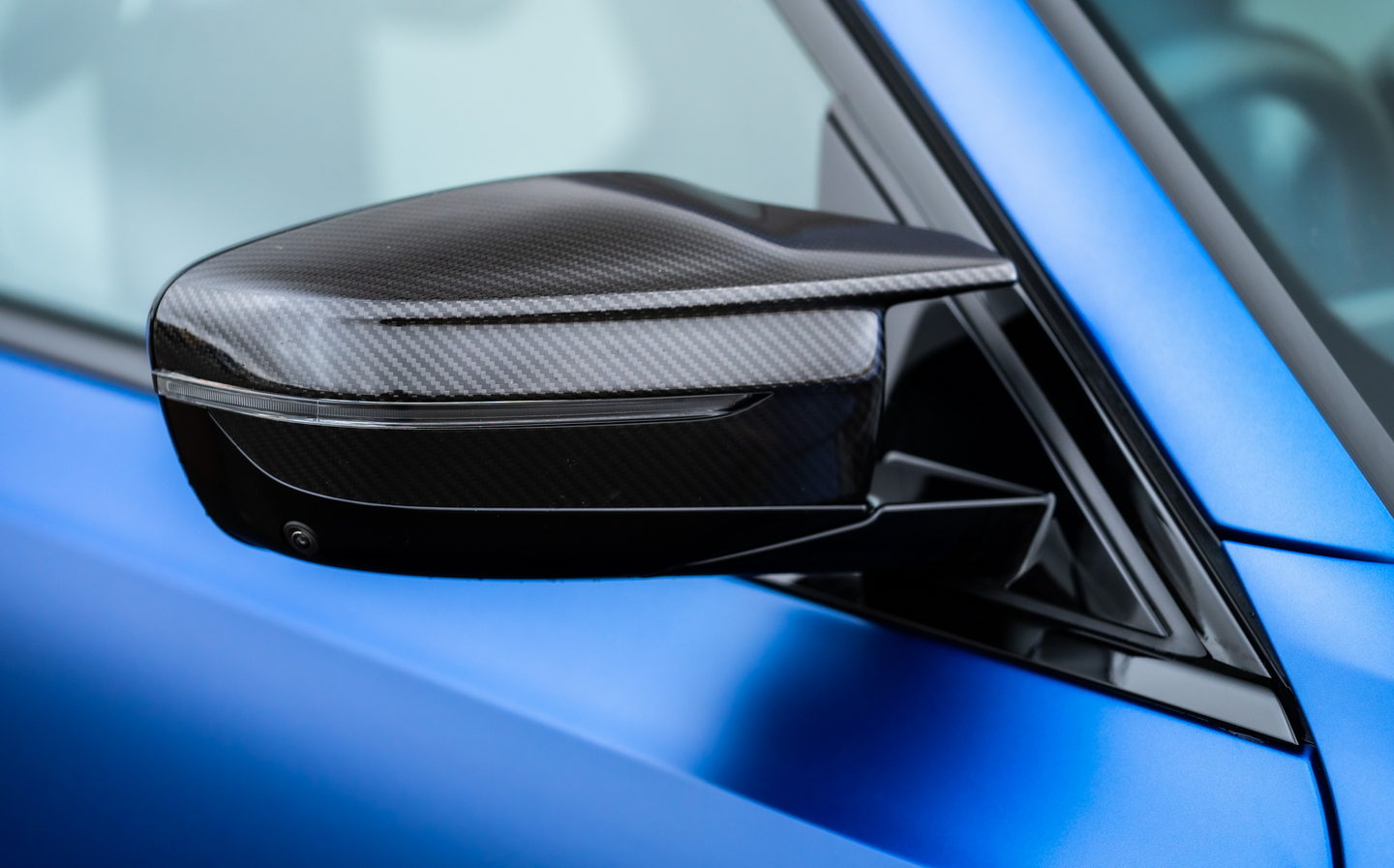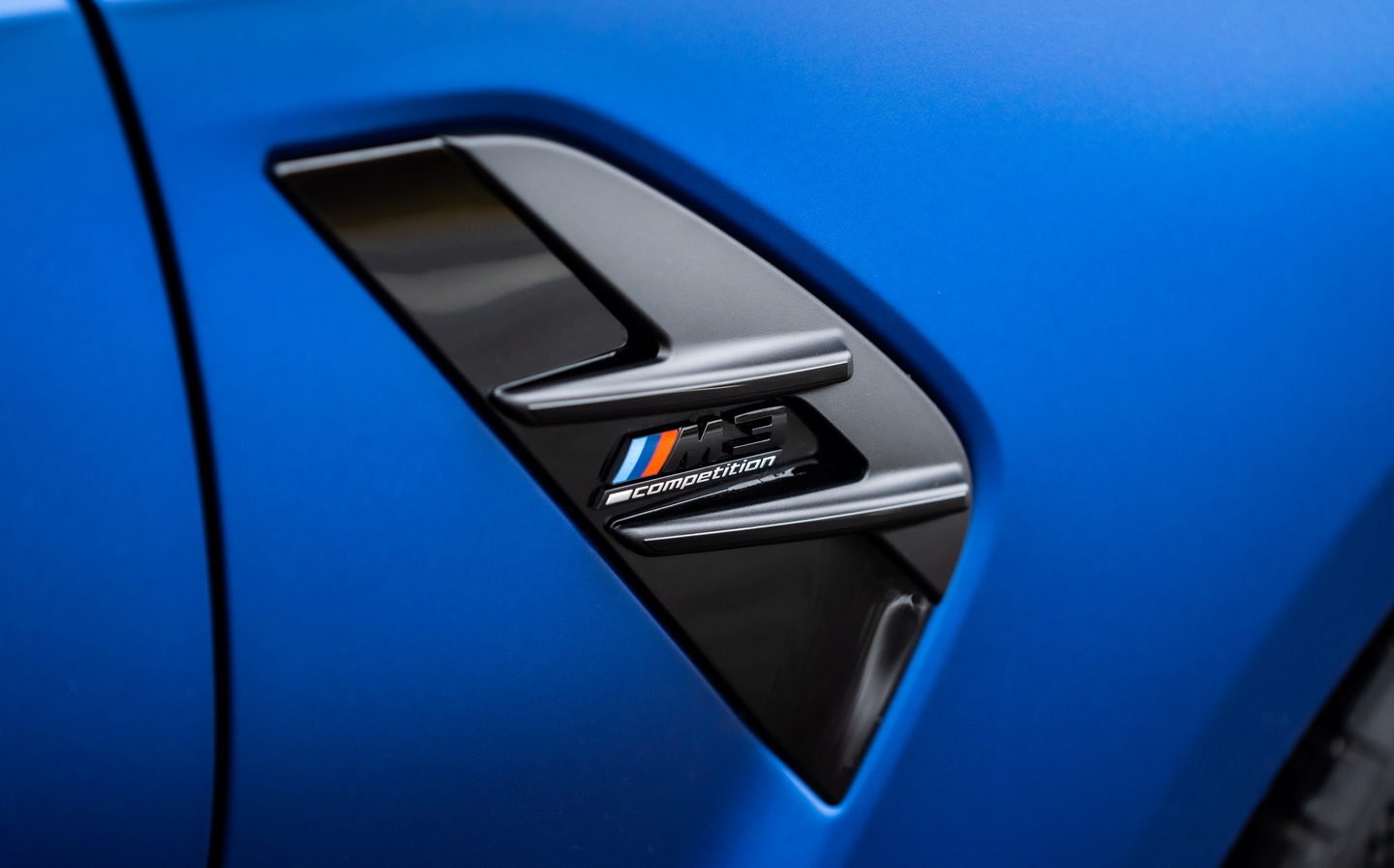BMW M3 Touring review 2023: Is the hot estate worth the wait?
Fastest Labrador carrier around
BMW has been toying with the idea of an M3 estate for some time — the company even built a one-off M3 Touring Concept in 2000 but nothing ever came of it. Until now, that is. More than two decades on from that effort, and seven years after BMW admitted its plans for a production version, customers can finally order an estate version of the M3 from their local dealer.
Predictably, the new M3 Competition xDrive Touring (to give it its full name) mixes the conventional 3 Series Touring’s body with all the accoutrements of the latest-generation high-performance M3 Competition.
That means you get 503bhp from the same 3-litre straight-six cylinder engine, and you get the oversized front grille and quad exhaust pipes. A standard all-wheel-drive system and flared wheel arches complete the picture.
It all sounds great, but is it the consummate all-rounder we’ve been waiting for or does the extra weight and bulk of the estate body ruin the brilliant M3 Competition?
Exterior design and rivals
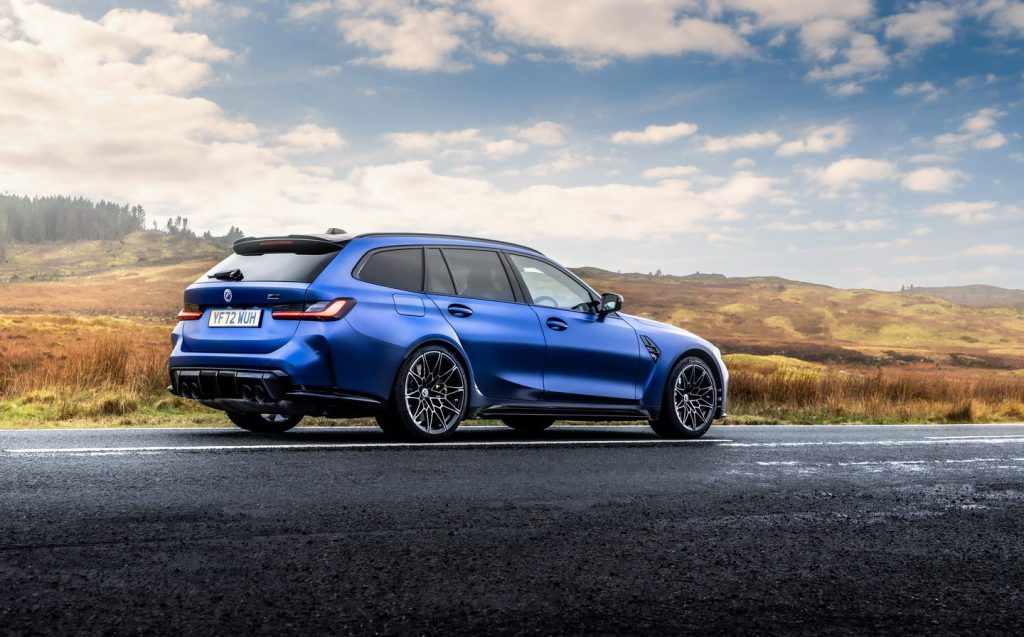
The M3 Touring takes most of the M3 saloon’s styling features and simply grafts them onto the 3 Series estate’s body. Most obviously, the massive M grille dominates the front end, while the rear of the car is marked out by four tailpipes and the deep diffuser insert in the bumper. BMW has also tagged a spoiler extension onto the spoiler above the rear window and fitted new side skirts, while there are M3 gills behind the front wheels.
But while these changes are easy to list, the most striking difference is also the hardest to pinpoint. By looking straight at the front of the car it becomes immediately apparent that the M3 Touring’s stance is very different to that of a conventional 320d Touring driven by your local double-glazing sales executive. With wide tracks and flared wheel arches to accommodate the 19in front alloys and 20in rears, the M3 Touring feels just as aggressive as the M3 saloon.
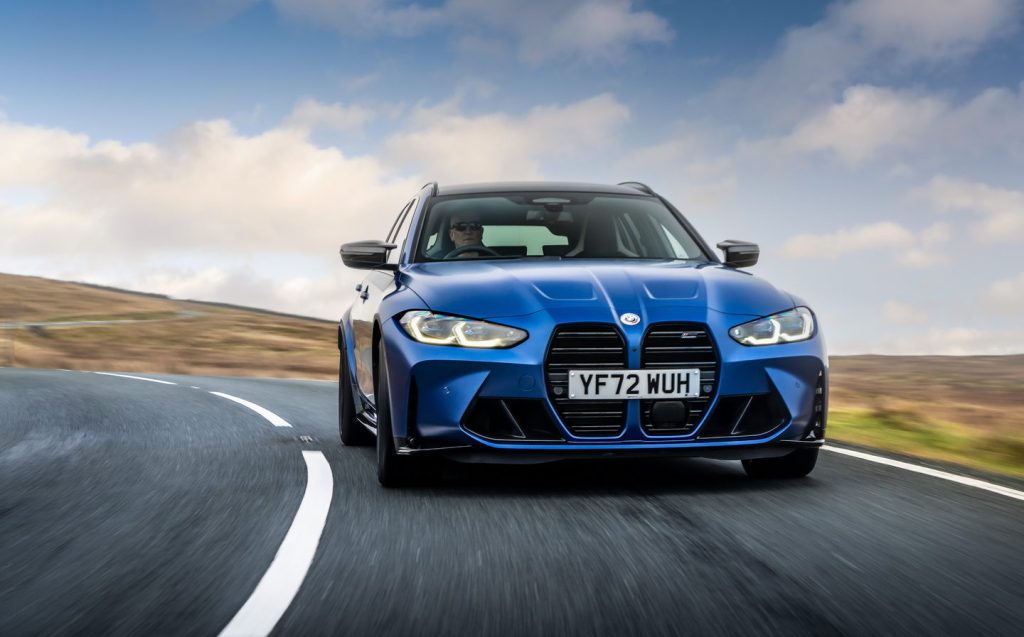
Of course, the M3’s grille is going to divide opinion, but if you can blank that out for a moment — or just look at the car side-on — you’ll find a very sporty, very modern shape. Yes, it’s a beast, but it’s a handsome beast, and we think it looks better than the aging Audi RS 4 Avant with which it competes so fiercely.
The BMW is, however, about to face a similarly stern challenge from the new Mercedes-AMG C 63 S Estate, which is due to arrive this year with a four-cylinder plug-in hybrid powertrain and a classy body.
Interior and practicality
For those in the front, the M3 Touring’s cabin is pretty much identical to that of the latest-generation M3 saloon, which means you get a relatively simple dashboard crowned by BMW’s Curved Display, which combines the touchscreen infotainment system with the digital instrument cluster in one broad housing.
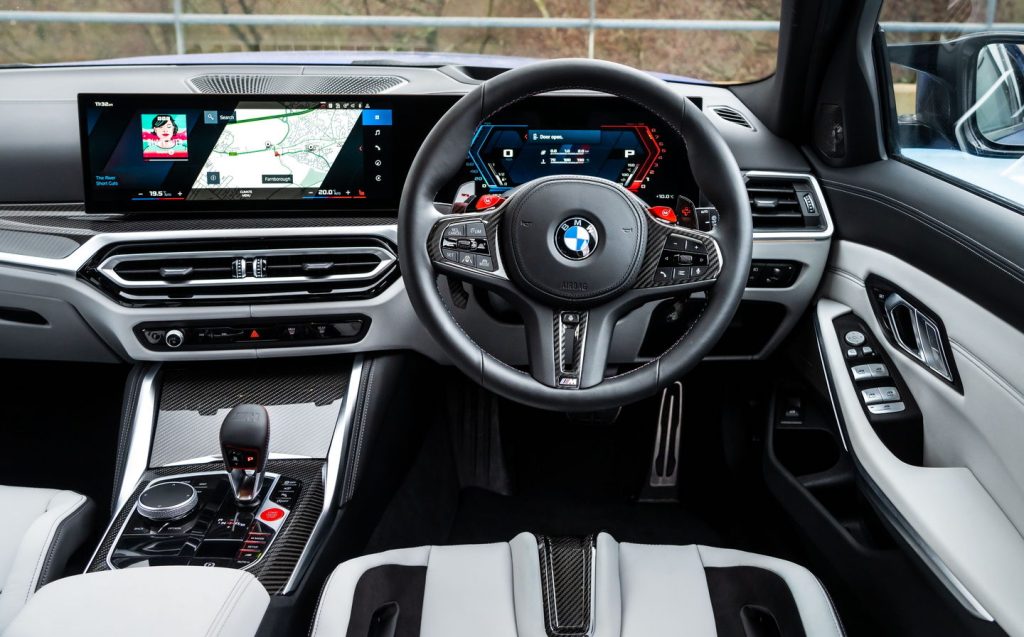
That means a dashboard with fewer buttons than before, although the centre console is still something of a maze. Yes, the inclusion of the iDrive rotary controller is welcome for reasons we’ll expand on later, but the gear lever (which has an M-specific design) is surrounded by buttons for the myriad settings and functions for the drive modes, parking brake, ignition and exhaust.
Fortunately, because this is the M version, BMW has made life a little easier by fitting some M-specific buttons to the steering wheel, offering drivers shortcuts to their favourite setups.
These buttons also form part of the sporty interior features we’ve come to expect from the M3 family. You get aluminium pedals, sporty seats and carbon-fibre interior trim, as well as M-specific graphics on the instrument display. A red ignition button and the special M gear lever complement the look, as do the seatbelts with BMW M’s trademark pinstripes.
There are a lot of optional features, too, including some carbon-backed bucket seats, which we would whole-heartedly avoid. They’re great at holding you in place but they’re murder to get in and out of, and though they’re more comfortable than you might think they’re still a bit firm on a longer drive. Any more than two hours and you’ll end up with a numb bum.
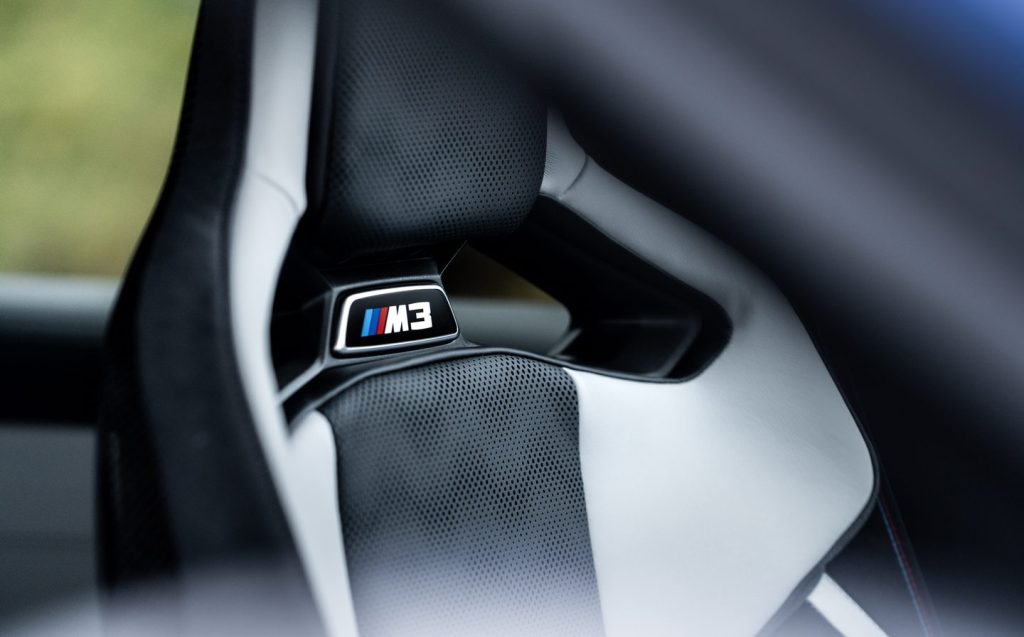
Whichever options you choose, though, you’ll be getting something really solidly built. All M3 Competitions and, for that matter the closely related M4 Competition models, feel incredibly well engineered, with robust switchgear, premium materials and a sense that every part fits perfectly alongside its neighbour. It’s very German.
But of course, all this is true of the M3 saloon, so the real differentiating factor for the M3 Touring is its practicality. Obviously, the boot is bigger than that of the M3 saloon, but the Touring’s 500-litre luggage bay officially only offers an extra 20 litres of capacity compared with the four-door car.
Naturally, there’s more to it than that — the boot is more accessible thanks to that tailgate and it’s a more convenient shape — but it doesn’t make a great soundbite. Still, it’s on a par with the RS 4 Avant and folding the rear seats down frees up a massive 1,510 litres of luggage space, which will accommodate plenty of suitcases, pushchairs, golf bags and anything else you’re likely to carry.
The estate body also offers customers the advantage of extra rear headroom. The M3 saloon isn’t cramped in the back, but the Touring offers those in the rear seats that little bit of extra clearance that will make taller passengers much more comfortable.
Legroom remains as ample as it was before, although the optional carbon-backed bucket seats seem to impinge slightly, and the solid rear shells are uncomfortable if you whack your knee against them.
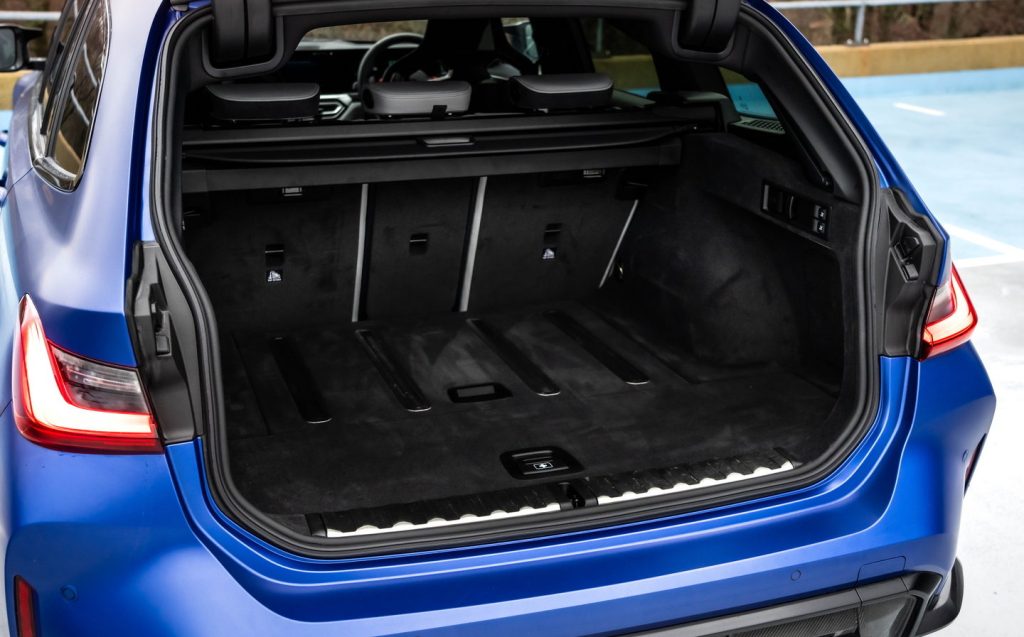
Technology and safety
BMW updated the entire 3 Series range last year, fitting its new Curved Display infotainment system, which has proved to be a blessing and a curse. The new digital instrument cluster, which also appears on the M cars in somewhat sportier style, is a revelation, offering clearer graphics and easier configuration, but the touchscreen is much more of a mixed bag.
It looks great, and it generally works really well, with Germanic logic on display in the way the menus are arranged and the icons are distributed. We were also pleased to see BMW retain the iDrive controller on the centre console, which allows you to navigate the system almost by touch, rather than having to gaze at the screen while you prod at different icons.
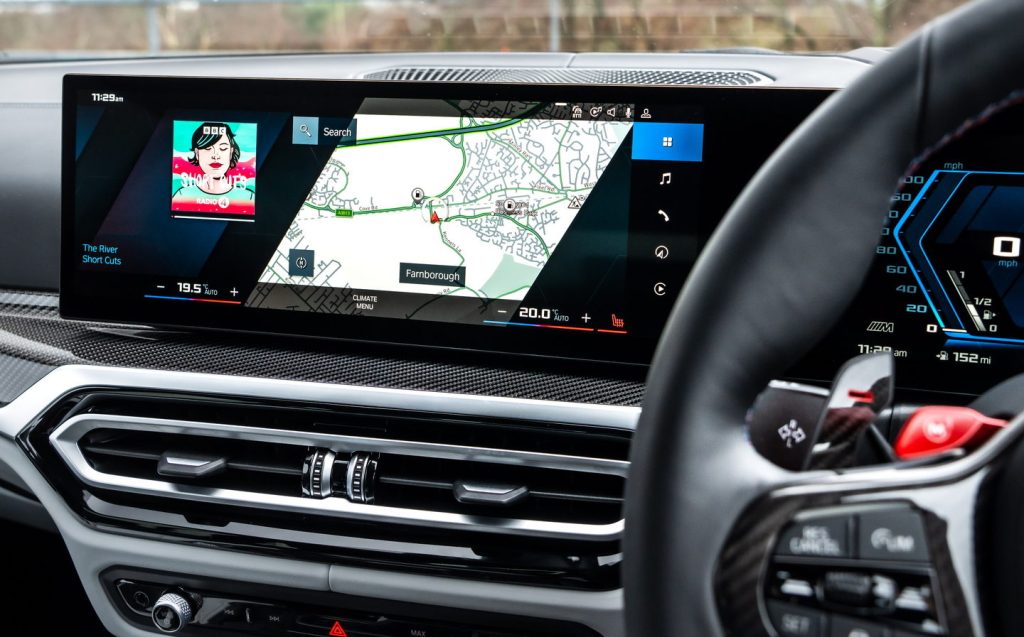
However, BMW has also decided to remove all the climate control buttons from the dashboard and house the system in the screen. Fortunately, the temperature controls are always visible at the bottom of the display and the menu is only ever a tap away, but it’s still a less intuitive and therefore more distracting system than a good old-fashioned row of buttons and knobs.
Naturally, though, the M3 saloon and Touring models place a little more emphasis on the screens than other models in the 3 Series range. Not only are drivers more likely to take the cars on track and make use of features such as a lap timer and G-meter, but they’re also more likely to fiddle with the drive mode settings, most of which live in the screens.
They are navigable using the iDrive controller, but the touchscreen feels much better suited to that particular menu.
That’s hardly the end of the world, but easy access to these functions is something of a safety issue, particularly at high speed.
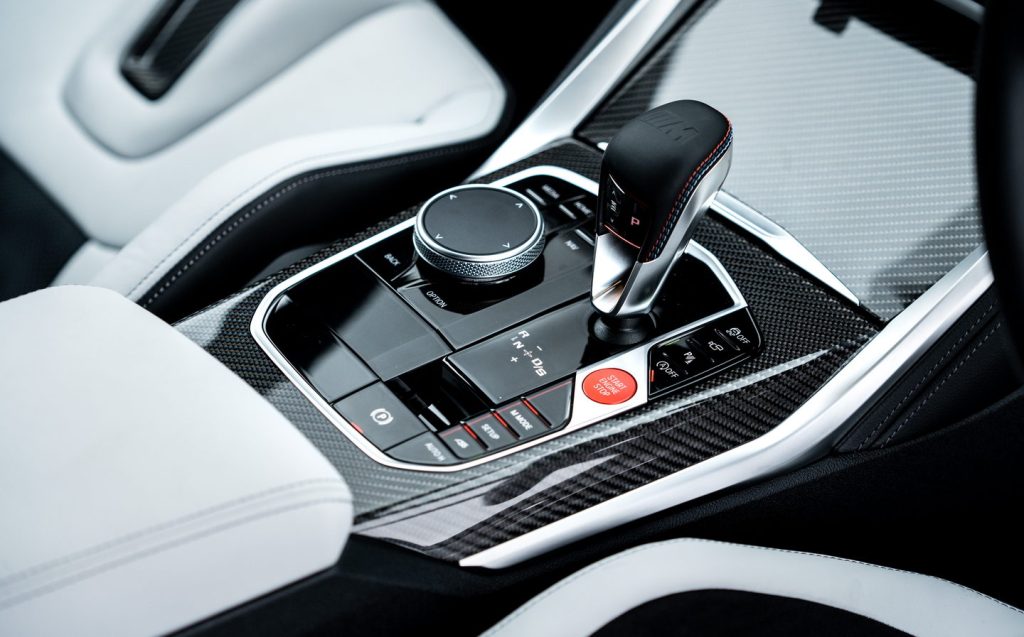
On the whole, however, the M3 performs well in that regard, with a crystal clear head-up display fitted as standard and a fleet of driver assistance systems carried over from the standard 3 Series.
You can also get all the same technology, with cruise control, lane-keeping technology and rear-view cameras on offer, as is blind-spot monitoring and motorway assistance tech, which allows the car to effectively drive itself in a single lane of the motorway. It can’t make decisions, but it’s a handy safety net in case your attention wanders on a long drive.
Performance, power output and acceleration
As with the M3 Competition saloon, the Touring is powered by a 3-litre straight-six cylinder petrol engine that produces up to 503bhp, all of which goes to all four wheels via an eight-speed automatic gearbox.
Traditionally, M3s have sent all the power to the rear wheels, but the current-generation car was the first to get the option of all-wheel drive. In the spirit of extra usability, BMW has decided to give the estate version all-wheel drive as standard.
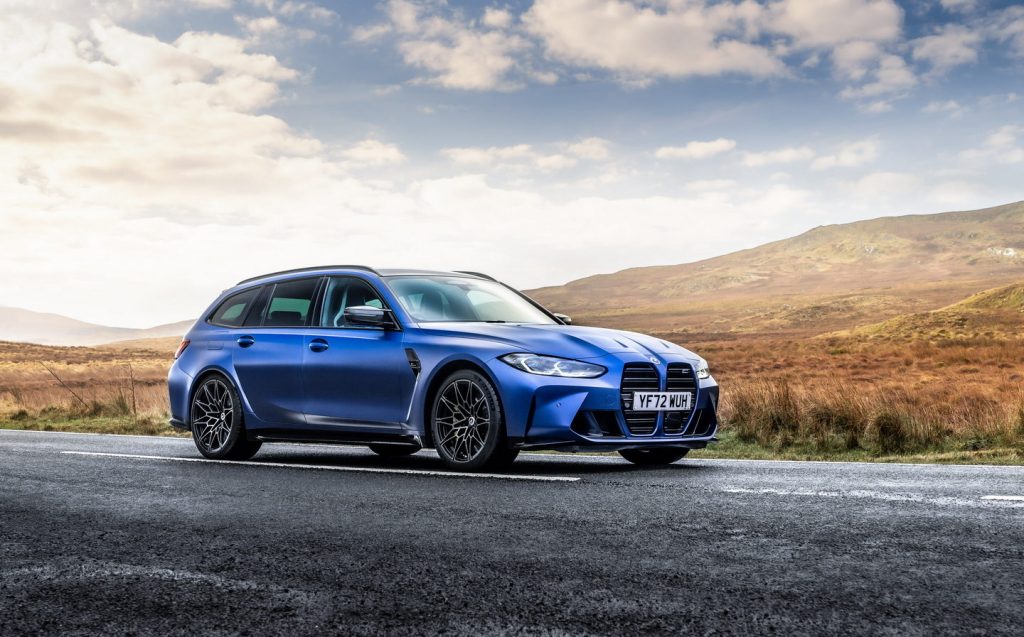
That means the M3 finds it easier to find traction, and that means it can get away from the lights with laughable ease. That powertrain, working with the sticky Michelin tyres, drags this 1.8-tonne estate car from a standstill to 62mph in just 3.6 seconds — just a tenth of a second slower than the equivalent four-door saloon, and three tenths faster than the rear-wheel-drive versions of the saloon.
As is so often the way with fast German estates, the M3’s top speed is limited to 155mph, but for an extra £2,305 BMW will sell you the M Driver’s Pack. That not only pays for some driver training but also frees the M3 to hit a top speed of 180mph, albeit only after the odometer has ticked past the 2,000km mark (that’s 1,243 miles, for those desperate to get through the running-in period).
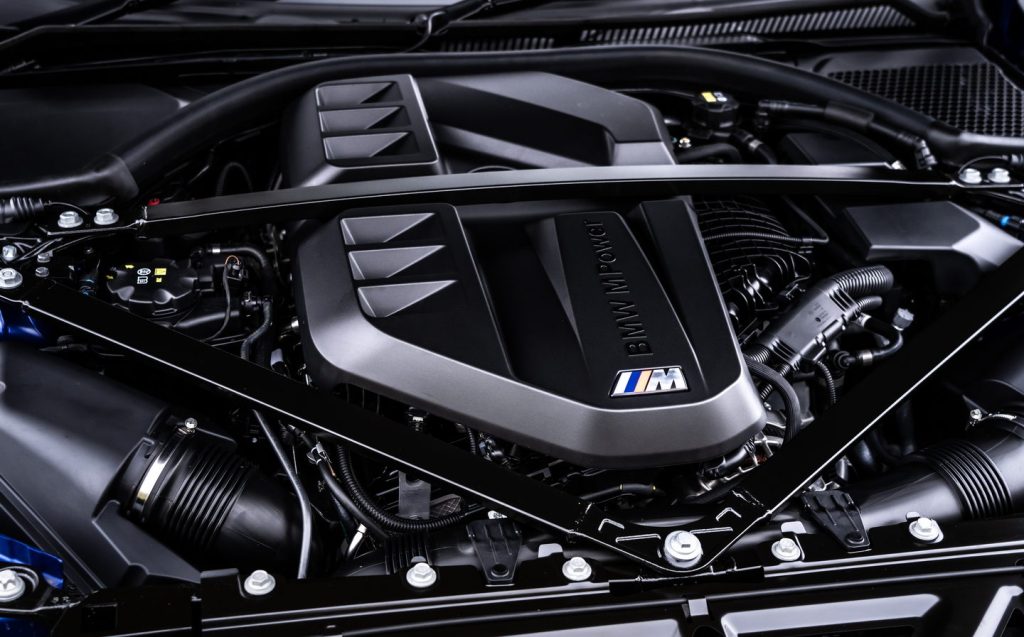
Of course, this means the M3 estate isn’t what you’d call efficient. But then nor is the M3 saloon. There’s no mild-hybrid technology on display here, so the official figures suggest you’ll get a little over 27mpg, which is roughly the same as the four-door M3. And though our test suggested you could do slightly better on a long motorway run, anyone achieving 30mpg will be doing very well indeed.
Don’t ask about the emissions streaming from those four tailpipes, because you don’t want to know. Suffice to say anyone using the M3 Touring as a company car is going to get stung by HMRC.
Ride and handling
In both rear- and all-wheel-drive forms, the M3 Competition saloon is a staggeringly good car to drive, so we had high hopes for the Touring. All of which were met or exceeded. The vast majority of the time, it’s hard to tell the difference between the cars with both offering similarly fabulous steering feel and ample stopping power from the massive brakes.
However, the estate body makes the M3 Competition xDrive Touring 85kg heavier than the equivalent all-wheel-drive M3 Competition saloon, and that does make a small difference. Because the vast majority of that extra weight is positioned high above the rear wheels, the M3 estate has slightly more tendency to roll in corners, and you can clearly feel the back of the car pulling up and out of the bend.
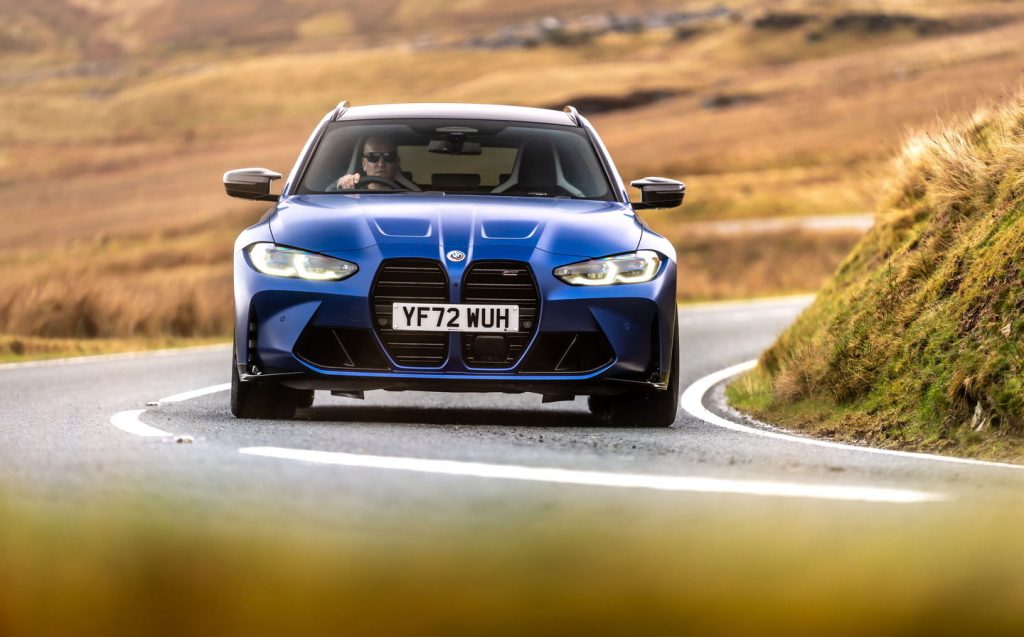
But that tendency can be nullified somewhat by simply tweaking the driving mode. Opt for Sport or Sport Plus suspension settings and the M3 Touring suddenly gains much better control of its own bulk.
It still isn’t quite as good as the M3 saloon — the laws of physics are harsh like that — but it’s surprisingly close, and that means you can still have lots of fun. Particularly if you delve further into the settings, which allow you to dial back or even switch off the all-wheel-drive system. The idea is you can get more slip from the rear end to provide more fun on a race track, but that might appear as a gimmick to most buyers.
In fact, most customers will barely feel the need to touch the settings most of the time. Sure, it’s quite nice to flip the suspension into Sport mode when you come across a good back road, and we prefer the feel of the Sport settings for the steering and brake pedal, but most of the time you’ll want the engine in Efficient and the suspension in Comfort.
That way, you get to enjoy a surprisingly supple ride. The M3 Touring is tolerable, if a little stiff, at low speeds — that’s the price you pay for the immense grip and stellar handling — but at higher speeds it’s much more comfortable than you might expect. It may not quite glide over potholes, but it’s a perfectly agreeable motorway cruiser.
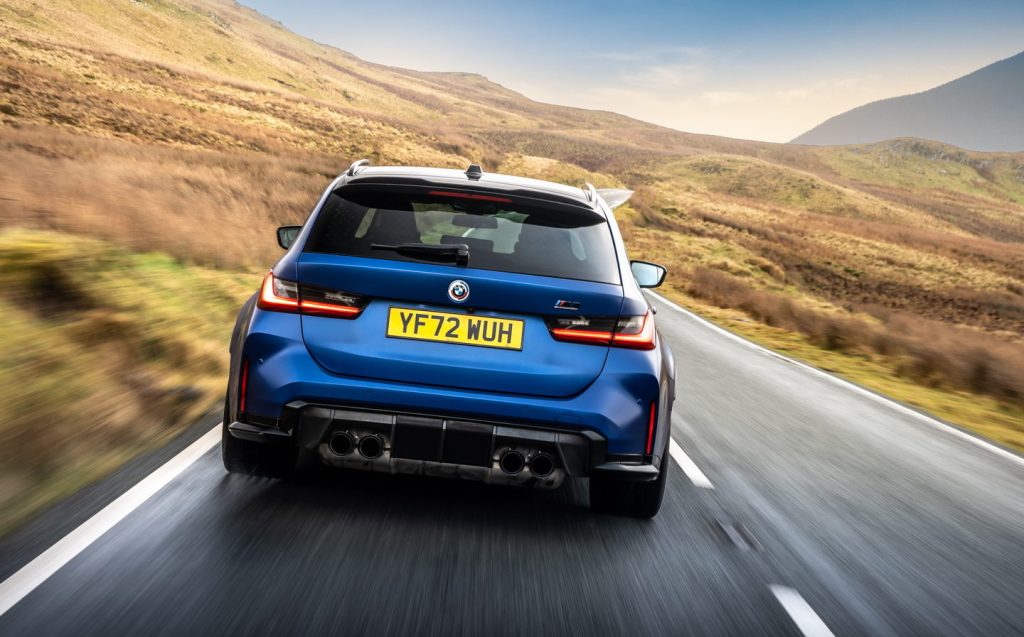
However, we would suggest leaving the M3 Touring’s exhaust in its slightly louder setting. The engine is normally fairly refined but a little button on the centre console gives it a bit more of a snarl and the occasional flatulent bubble from the exhaust.
Pricing and on-sale date
The M3 Touring starts at £86,365, making it £2,500 more expensive than the equivalent four-door saloon. That doesn’t sound like bad value, given the extra boot space and identical equipment, which includes metallic paint, black leather upholstery and the curved display infotainment system. The Harman/Kardon sound system is included, too, along with climate control, carbon-fibre trim and heated sport seats.
However, it should be remembered that a few choice options can make the M3 Touring enormously expensive — our test car cost just over £100,000. When the Audi RS 4 Avant starts at less than £70,000, that suddenly doesn’t look like such good value after all.
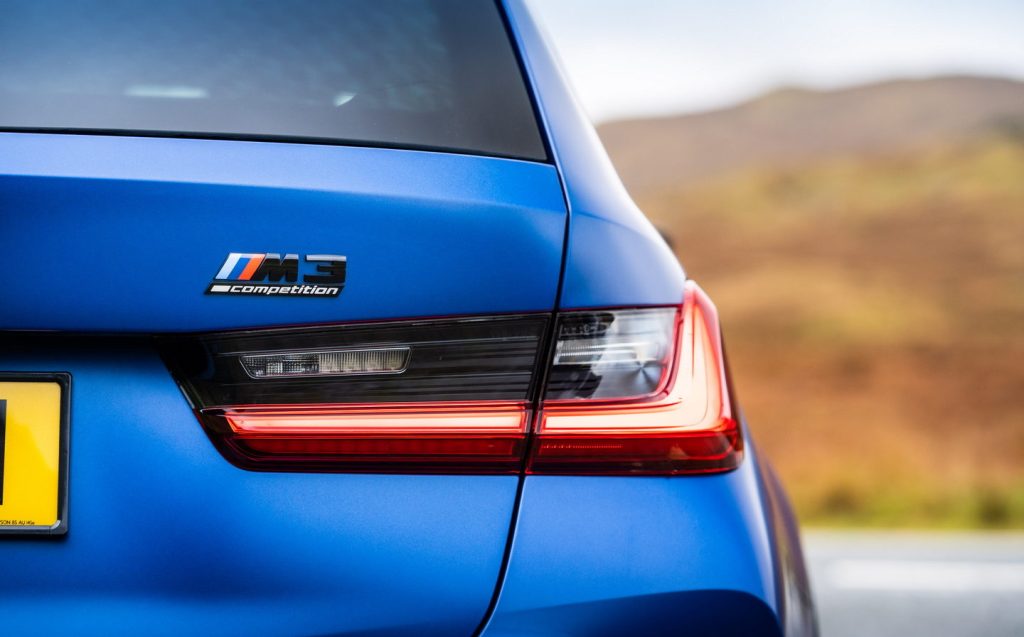
Verdict: BMW M3 Competition xDrive Touring review
The M3 Competition was already a brilliant car, and by adding the extra practicality BMW has only increased its appeal.
The four-door car may be slightly more capable on a track, but the estate is almost as good at a circuit and even better everywhere else, if only because it’s more spacious inside. The combination of performance and practicality is hard to beat, and the decision to include all-wheel drive as standard makes it even more user-friendly.
This is all the car we hoped it would be, which means it is one of the best cars on sale today.
Related articles
- After reading our BMW M3 Touring review, you might be interested to see our review of a prototype of the 2023 BMW XM
- Refreshed BMW X7 revealed with updated styling, revamped interior and mild-hybrid assistance
- Or, check out the best luxury cars to buy
Latest articles
- Watch new Porsche 911 GT3 smash Nürburgring record for manual cars
- Skoda Elroq 2025 review: Czech carmaker can’t seem to miss with its electric family cars
- Five best electric cars to buy in 2025
- Should I buy a diesel car in 2025?
- F1 2025 calendar and race reports: The new Formula One season as it happens
- Zeekr 7X AWD 2025 review: A fast, spacious and high tech premium SUV — but someone call the chassis chief
- Denza Z9GT 2025 review: Flawed but sleek 1,062bhp shooting brake from BYD’s luxury arm
- Extended test: 2024 Renault Scenic E-Tech review
- Best-selling cars 2025: The UK’s ten most popular models of the year so far



